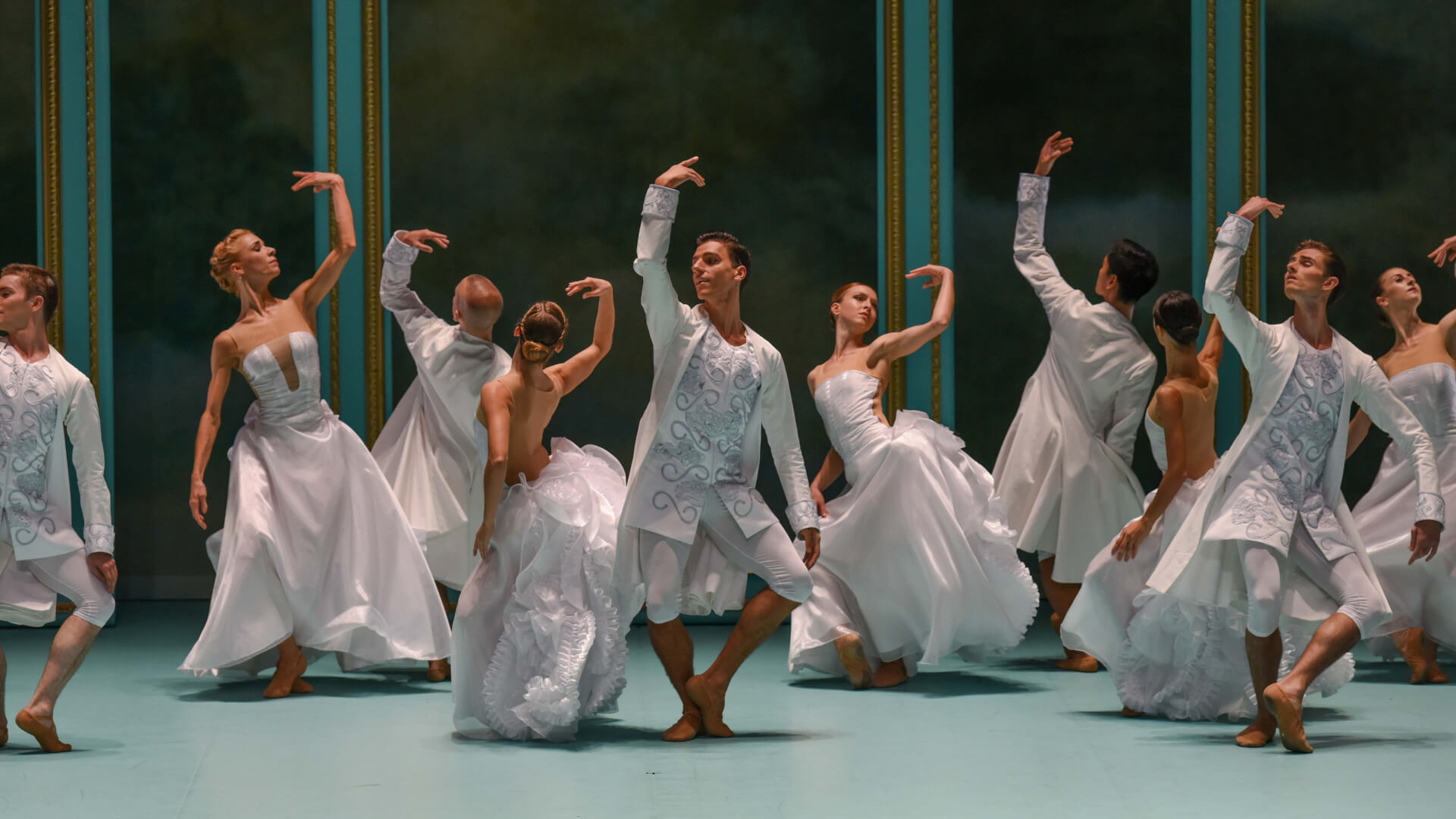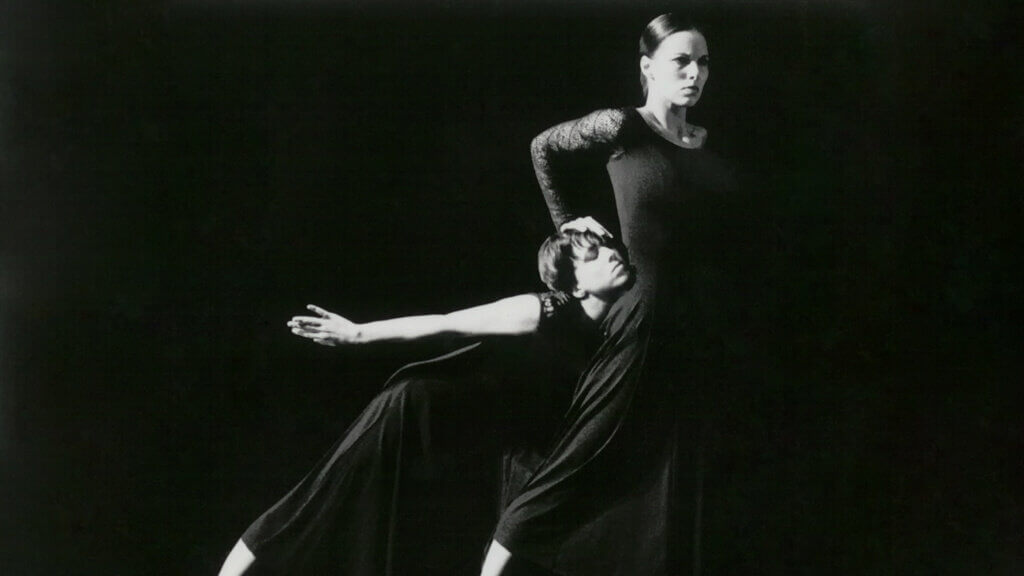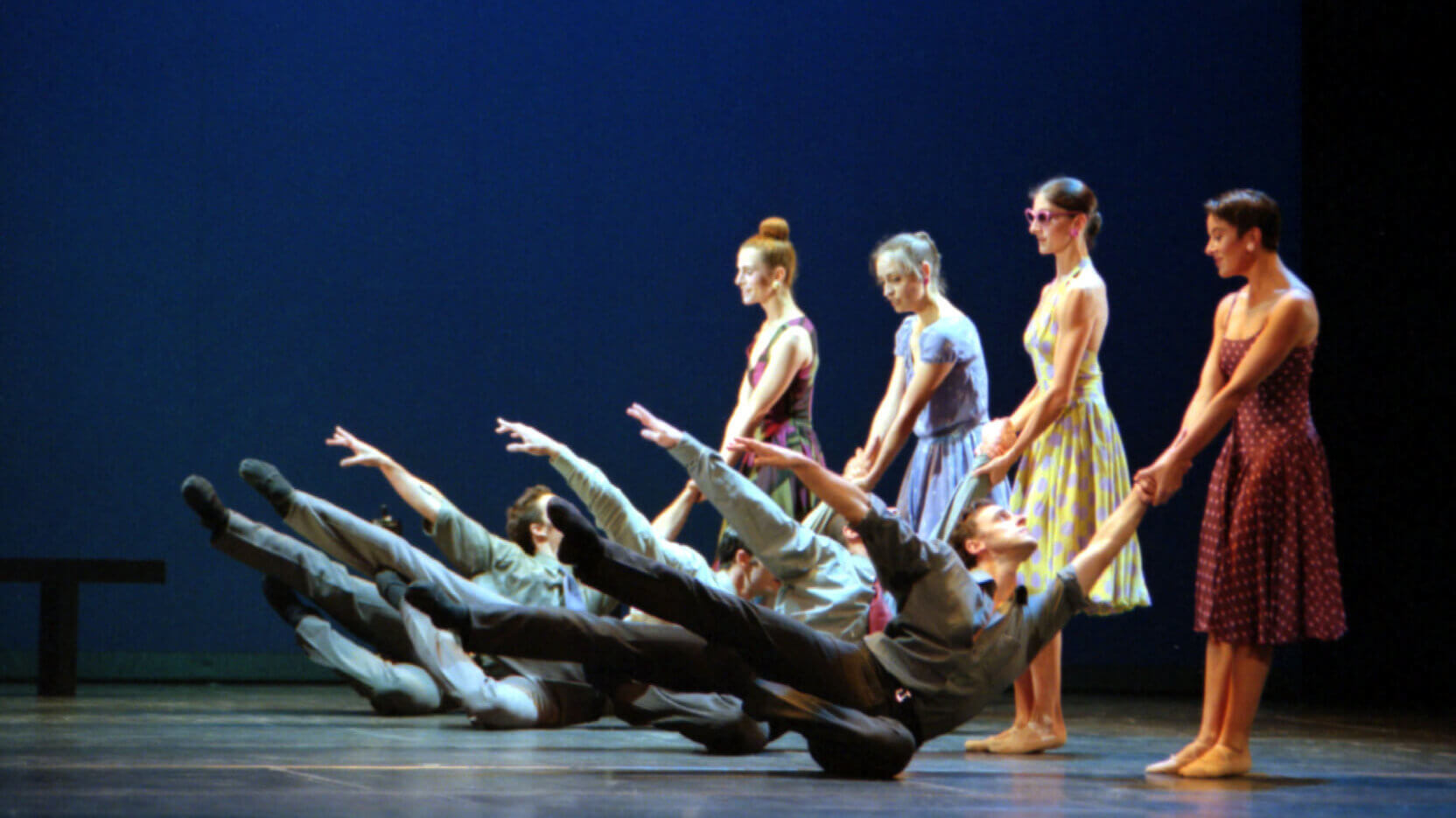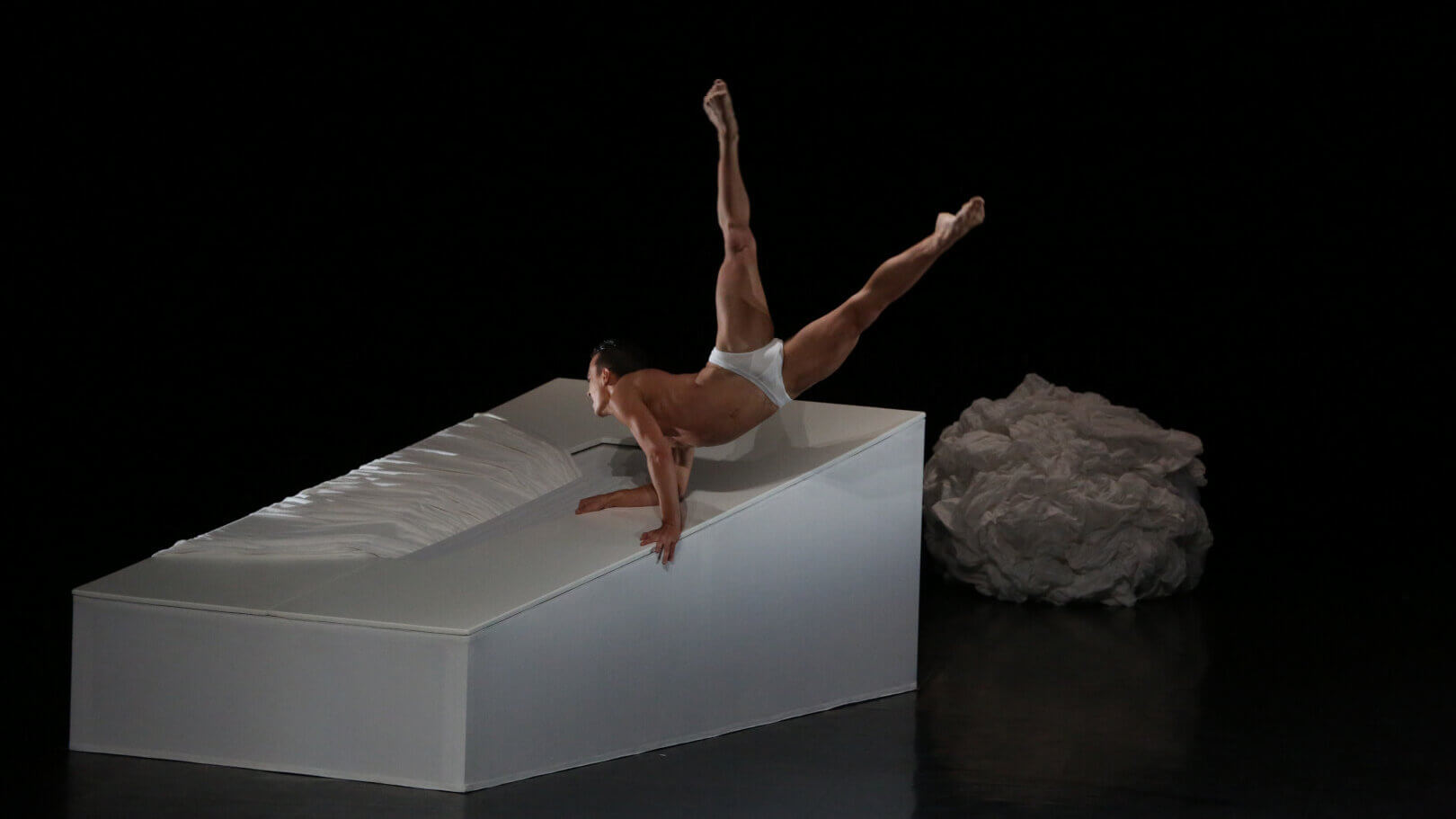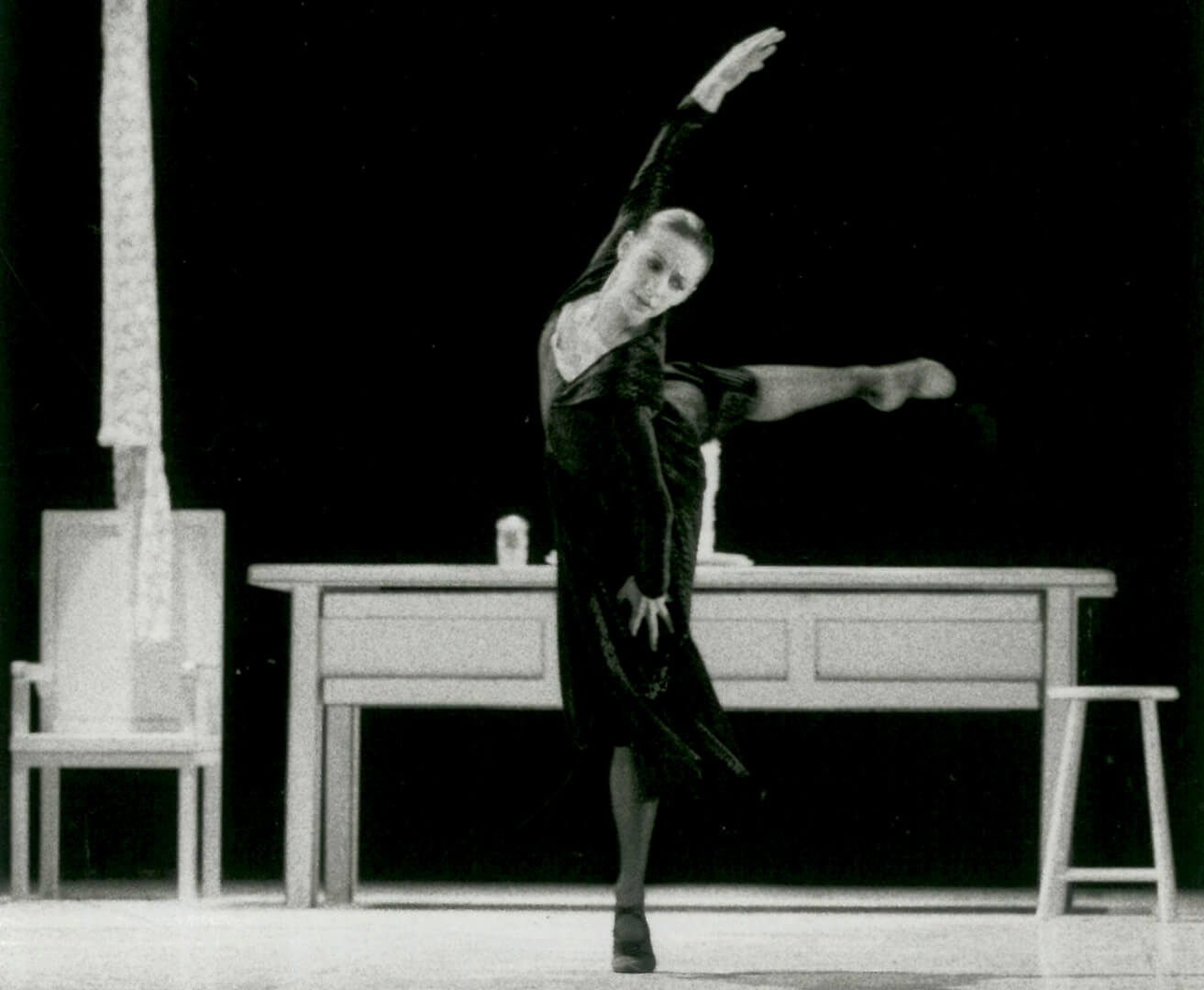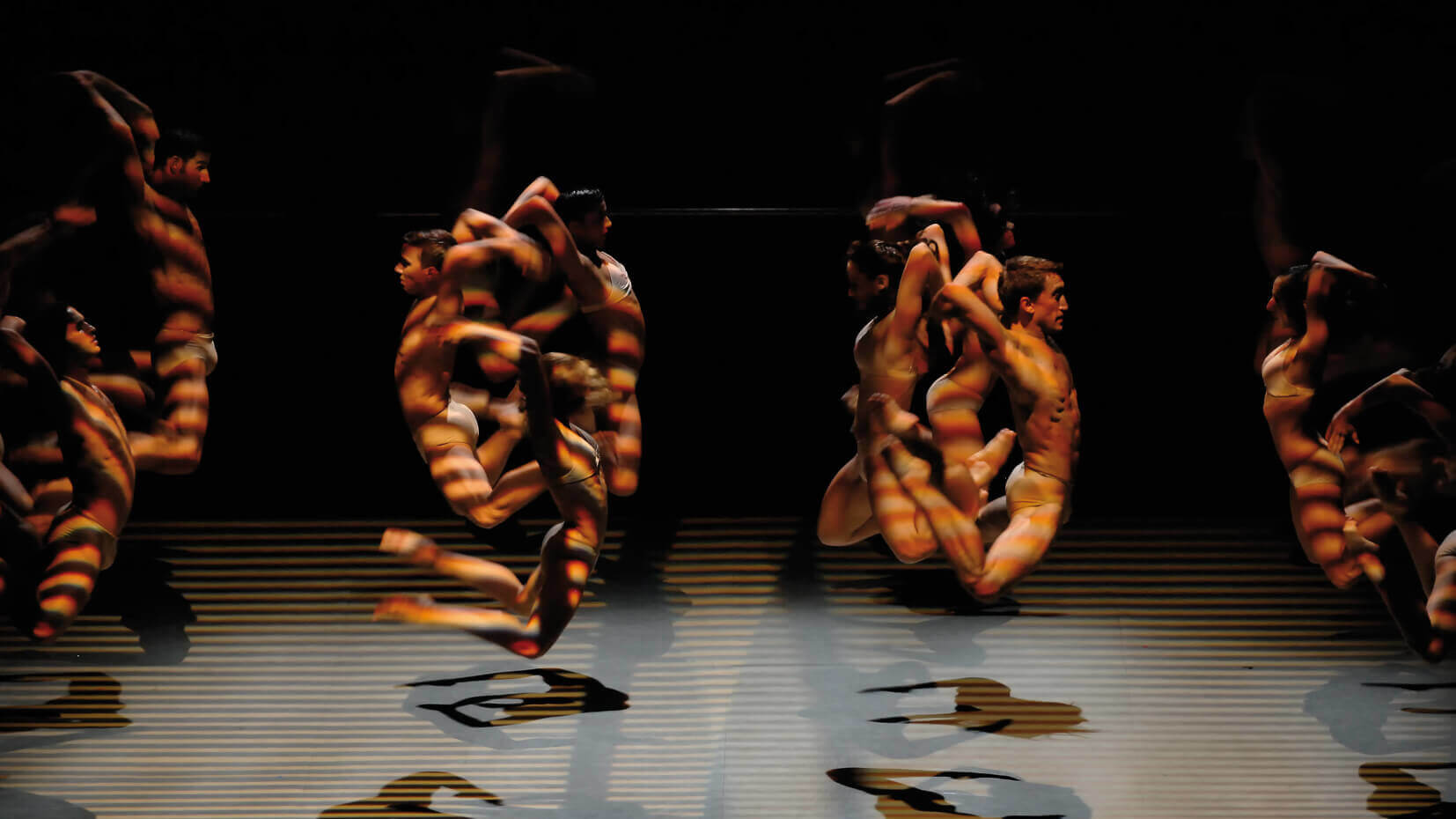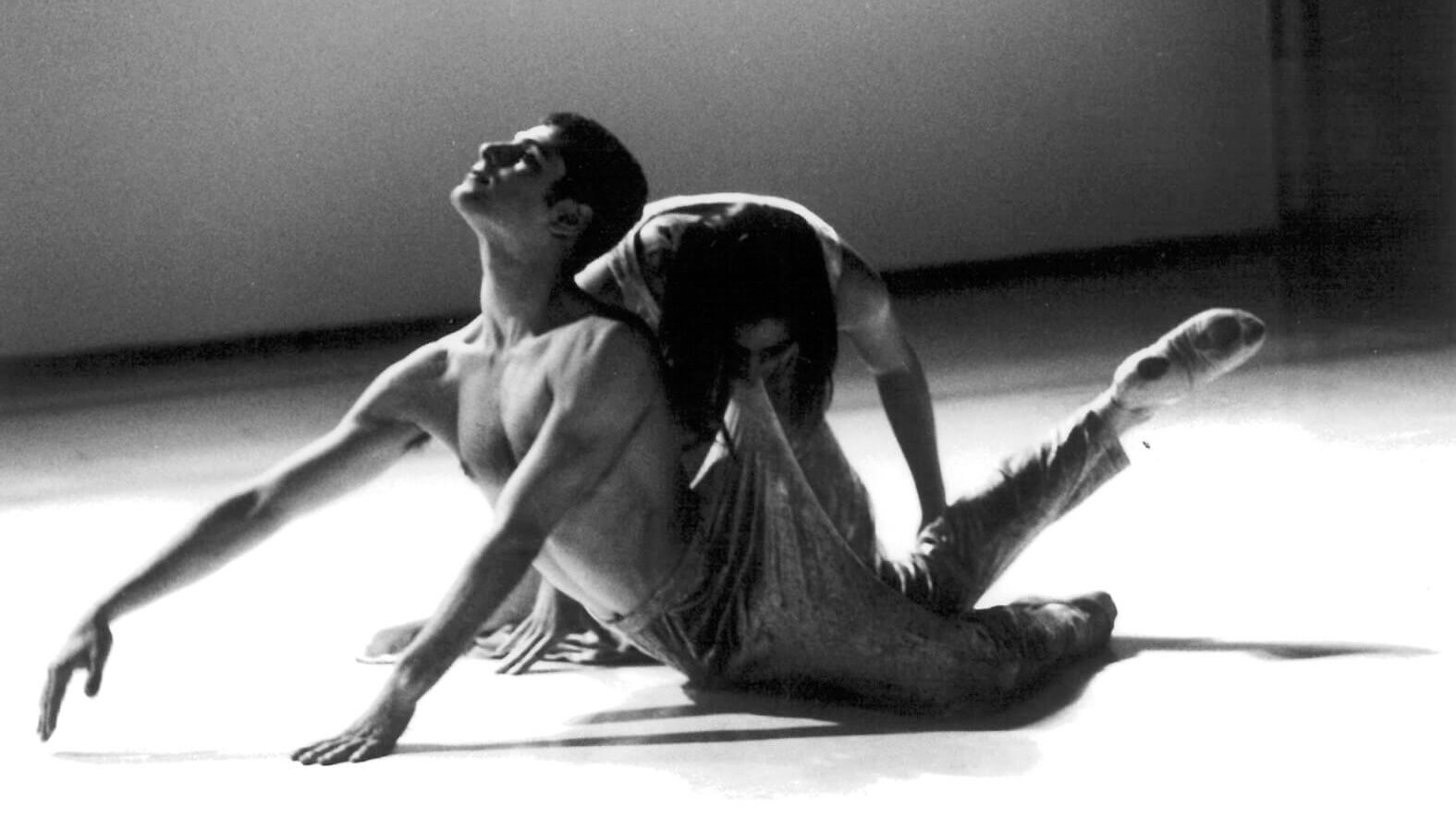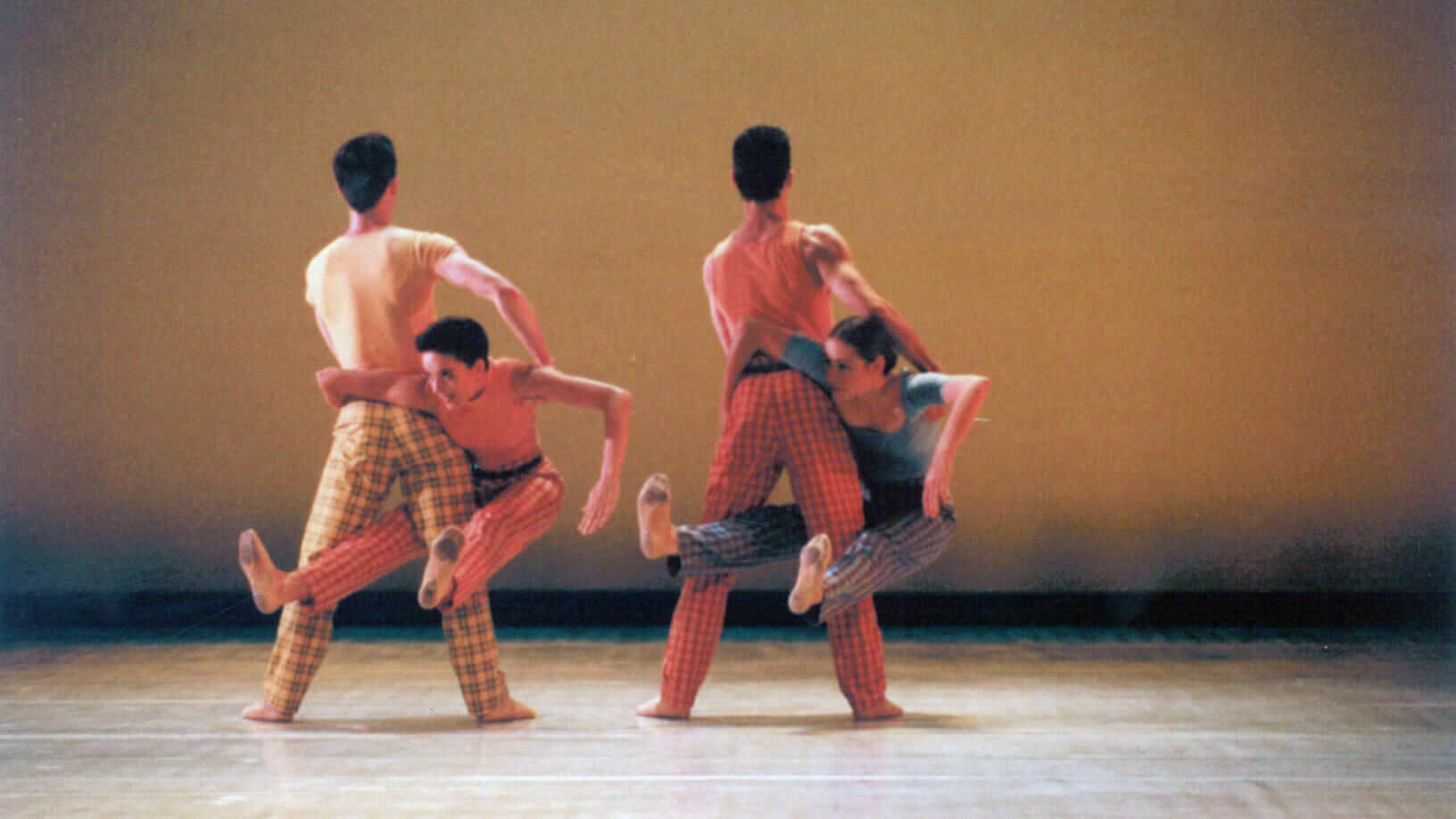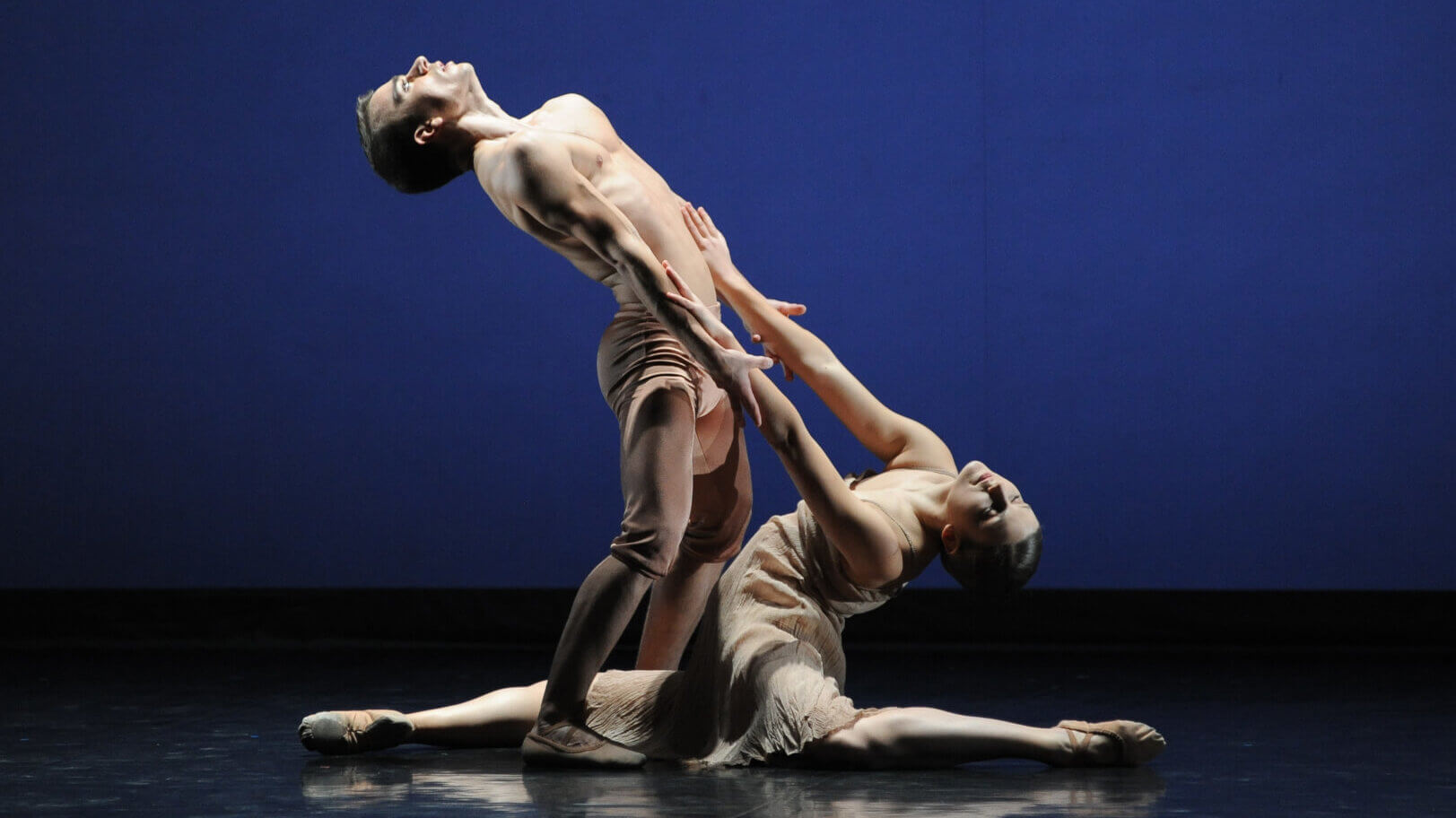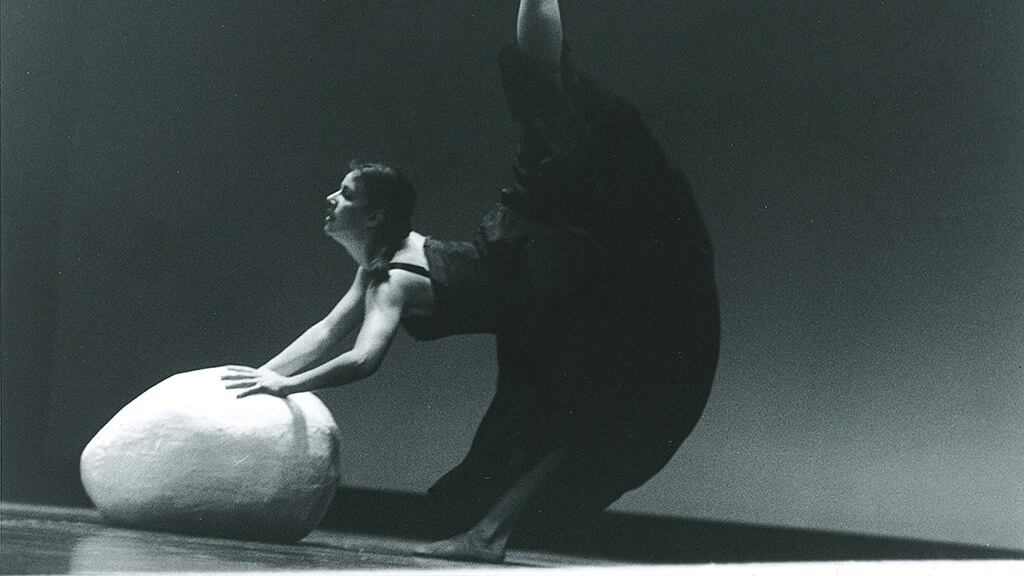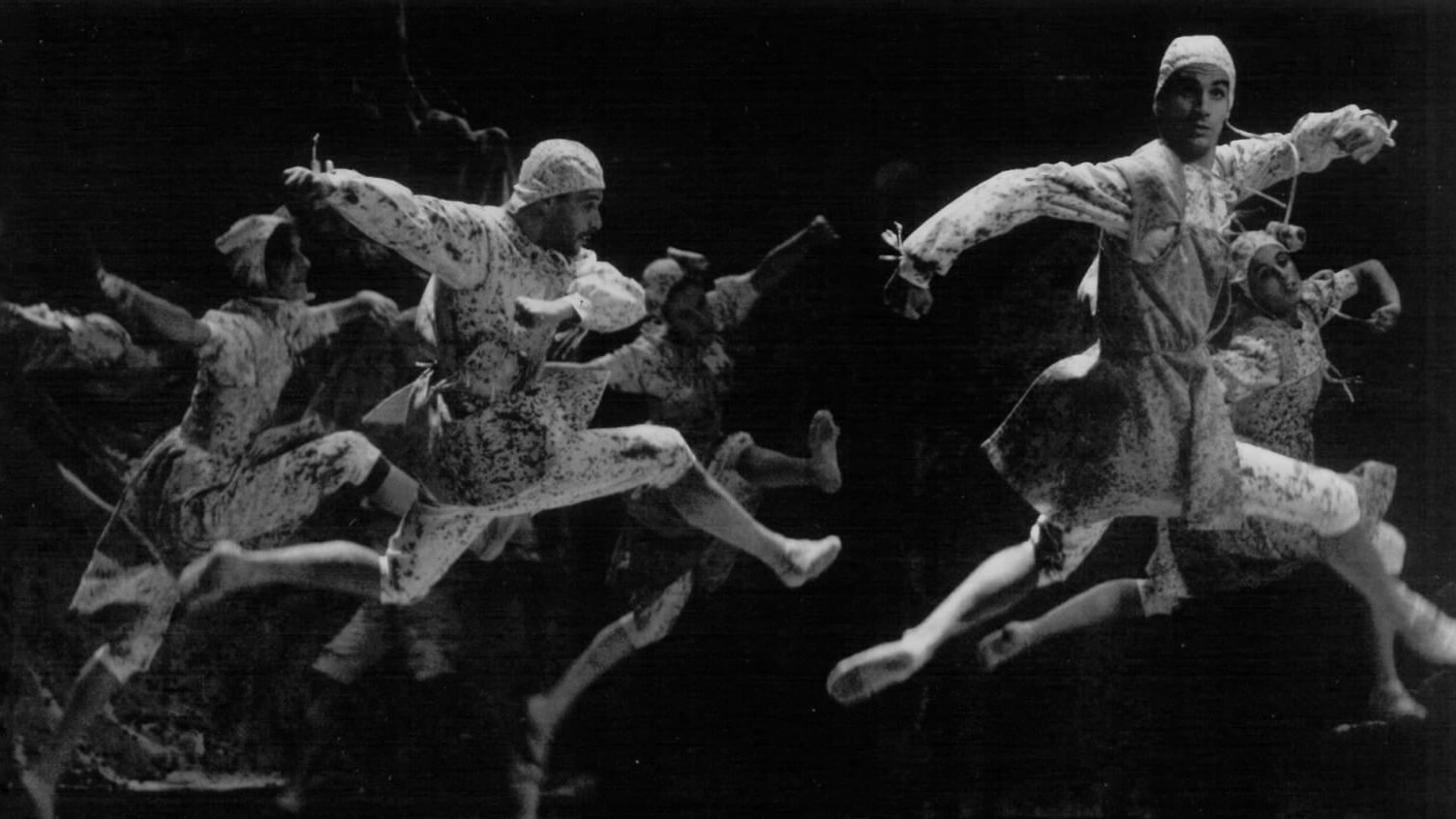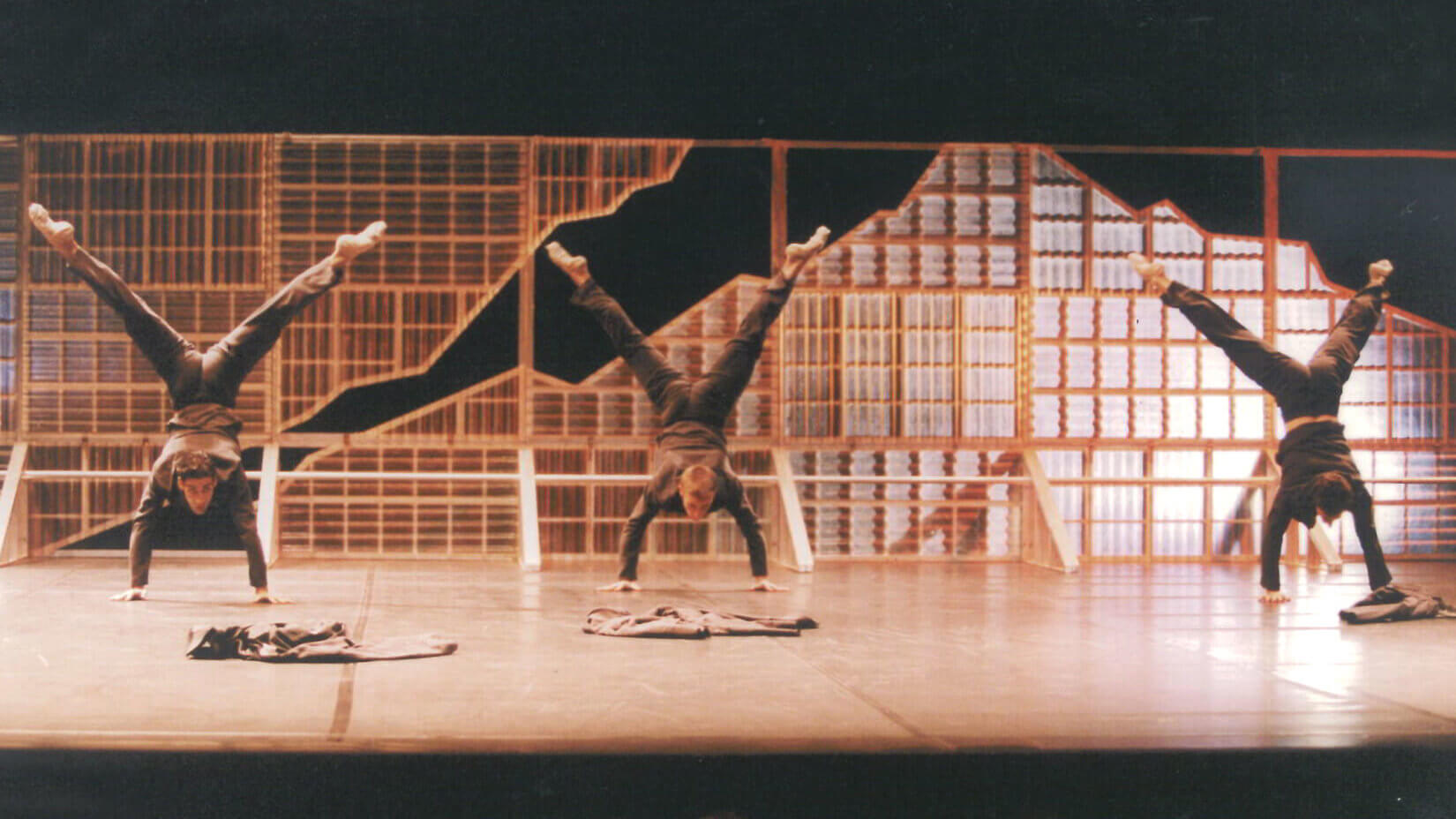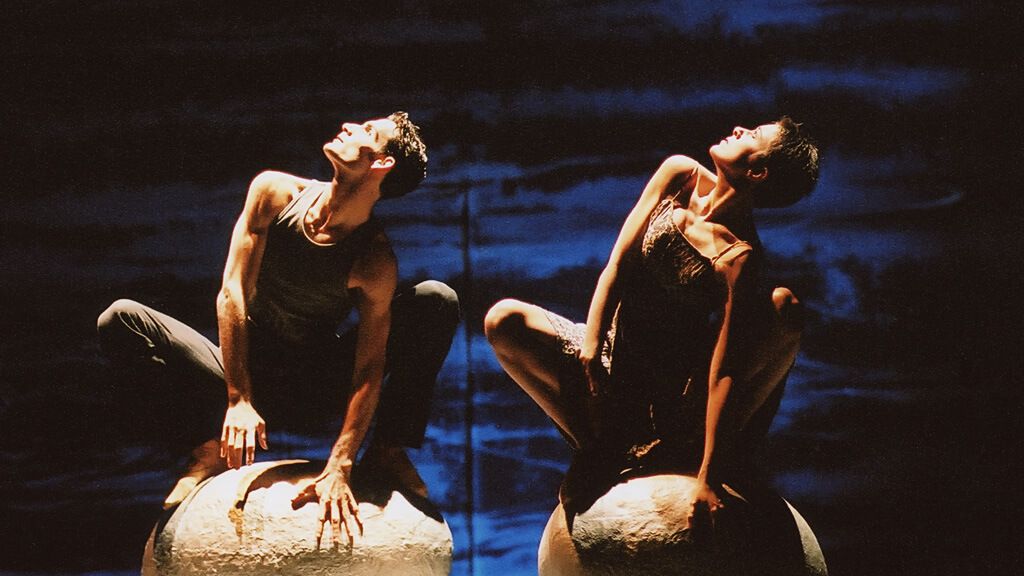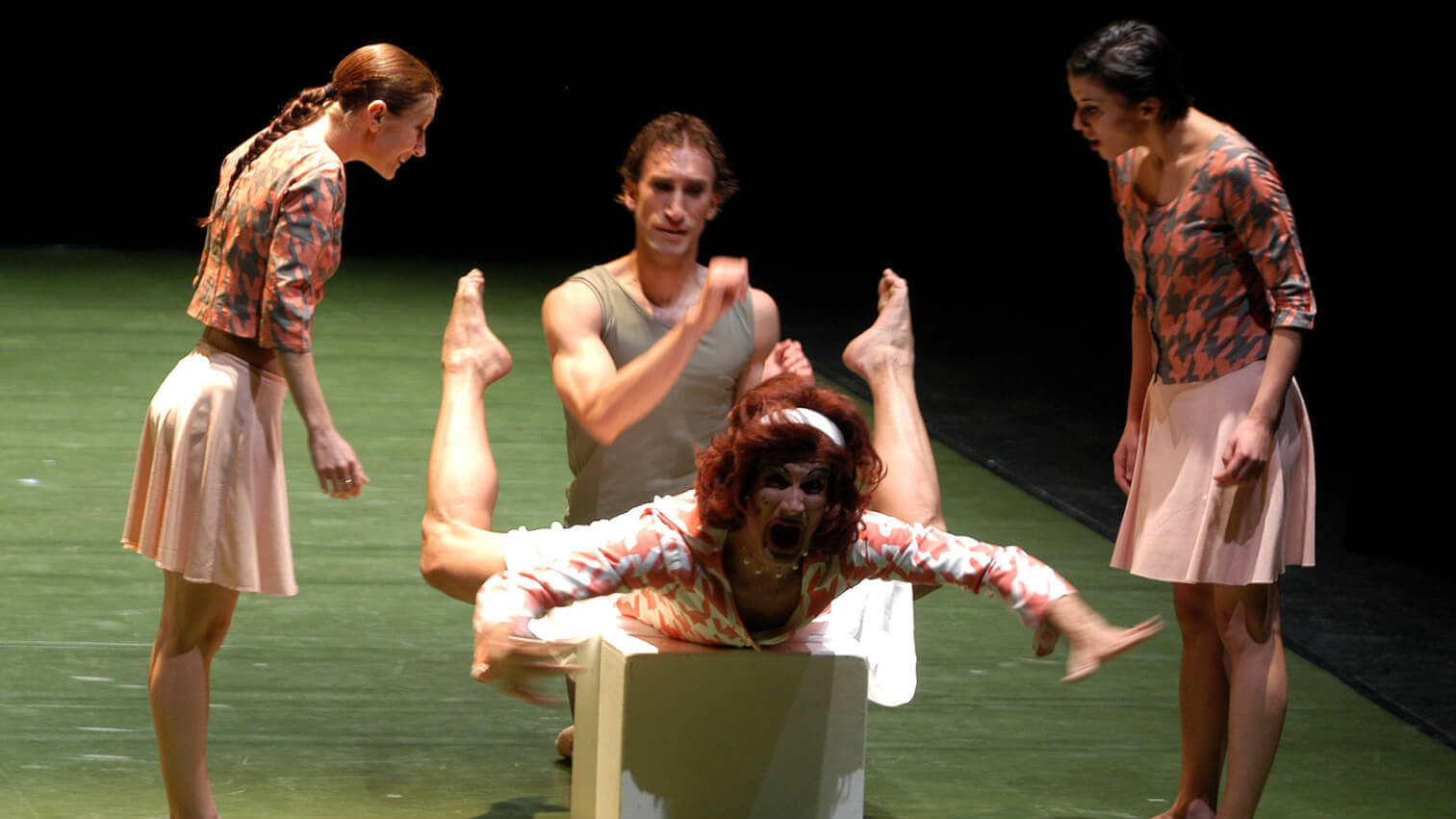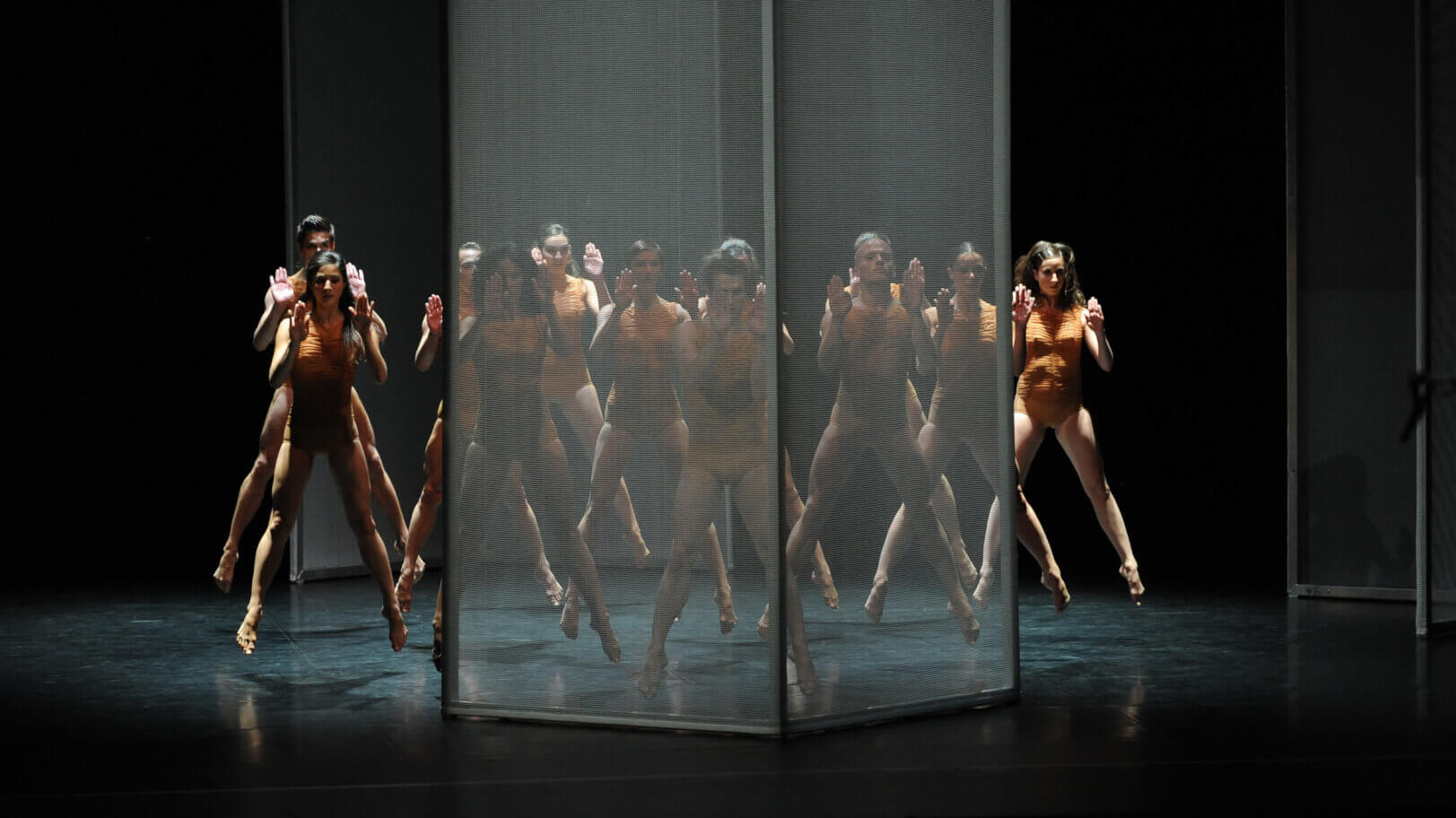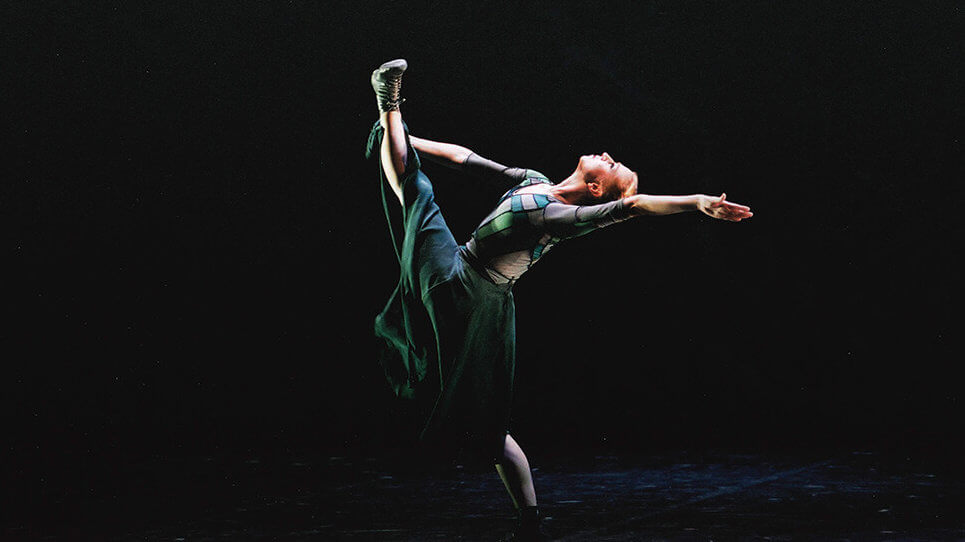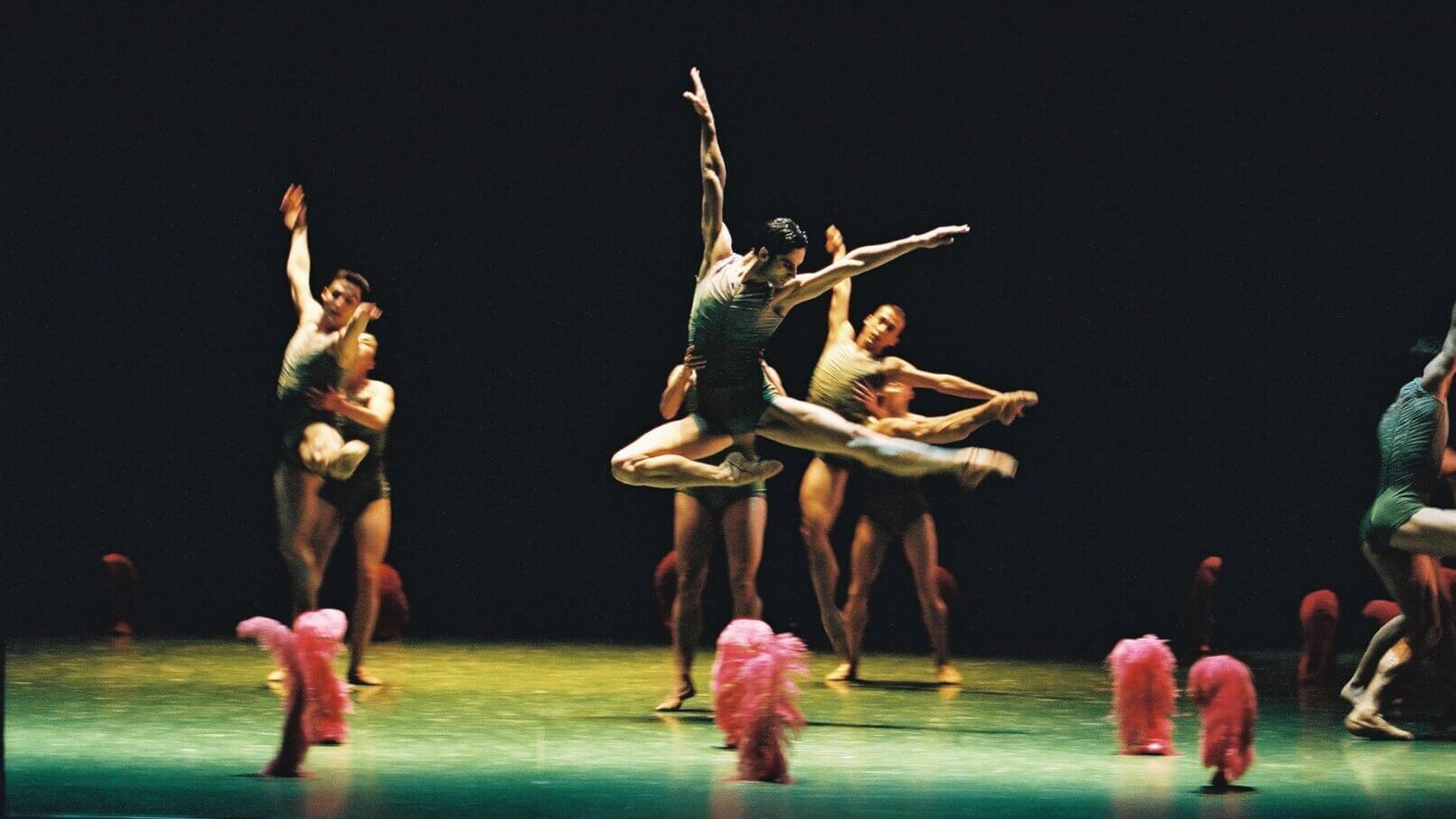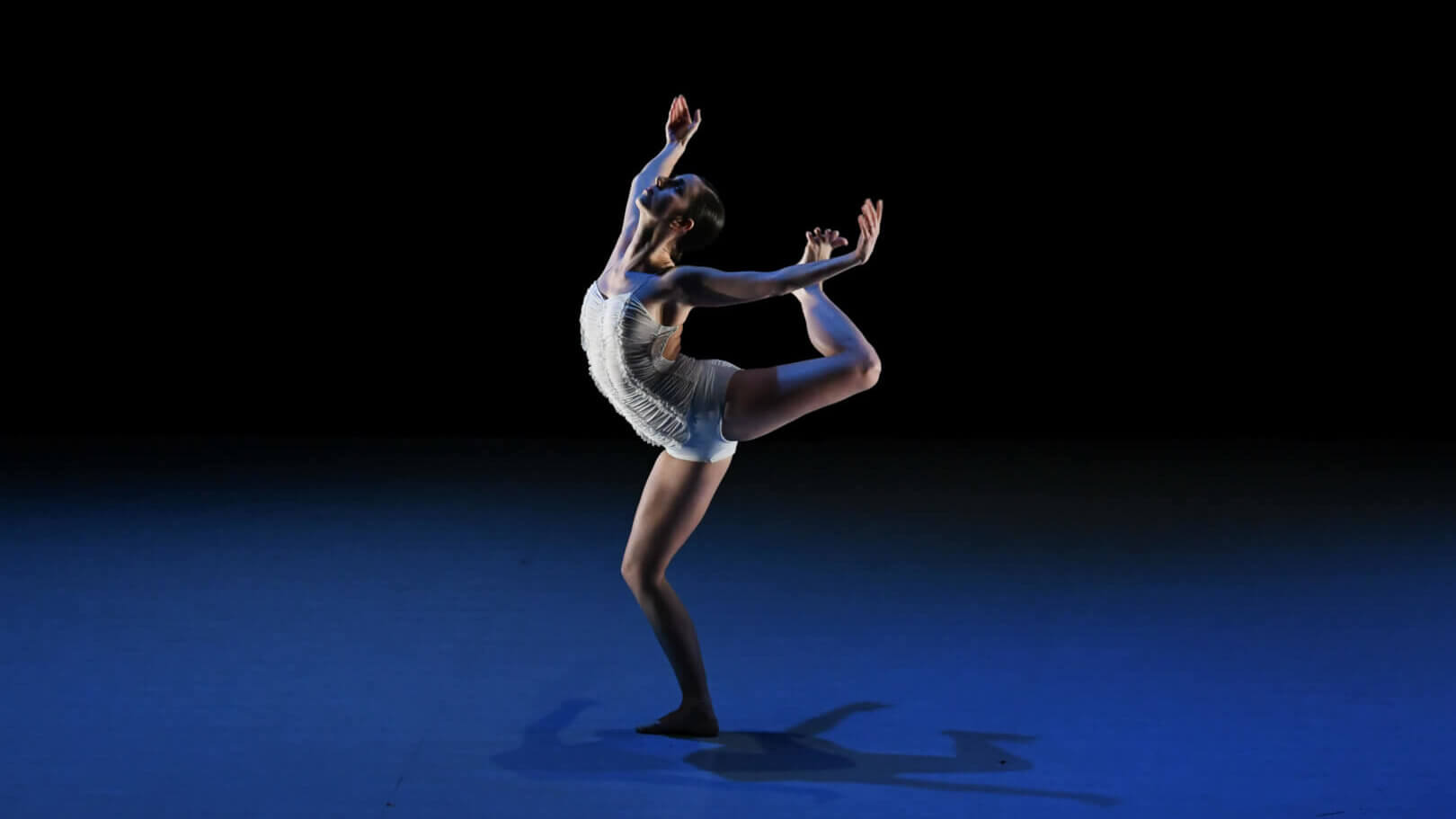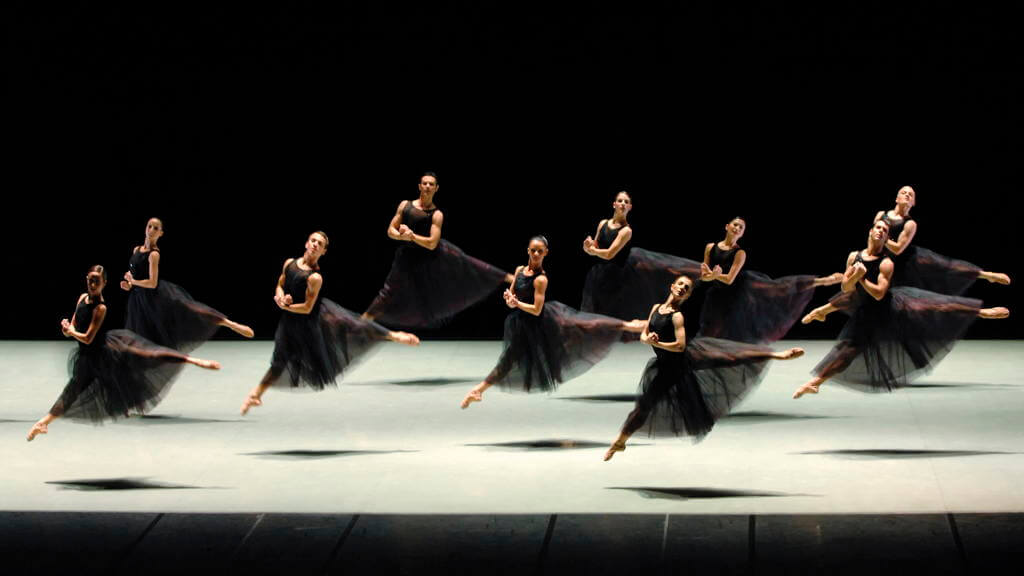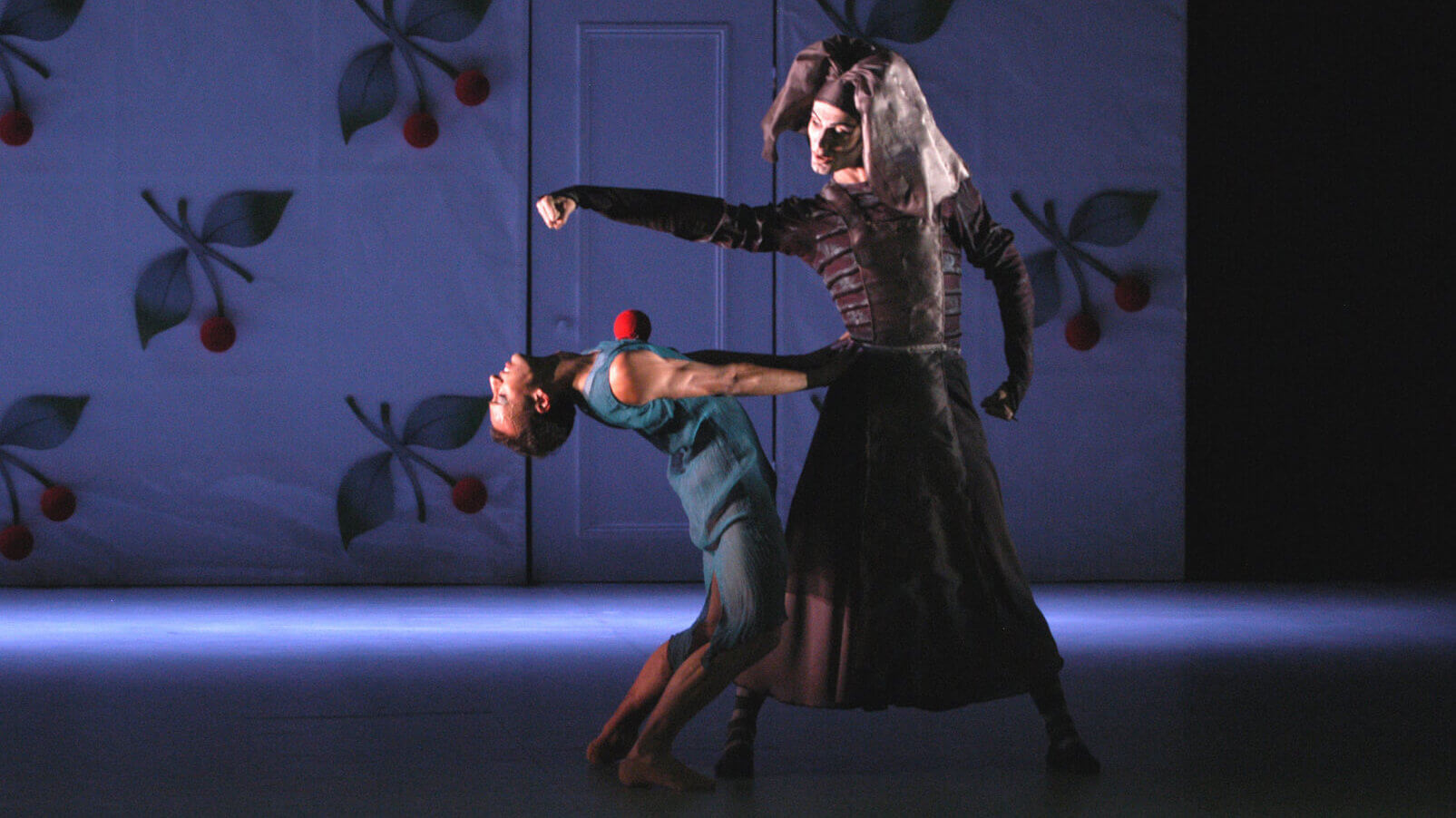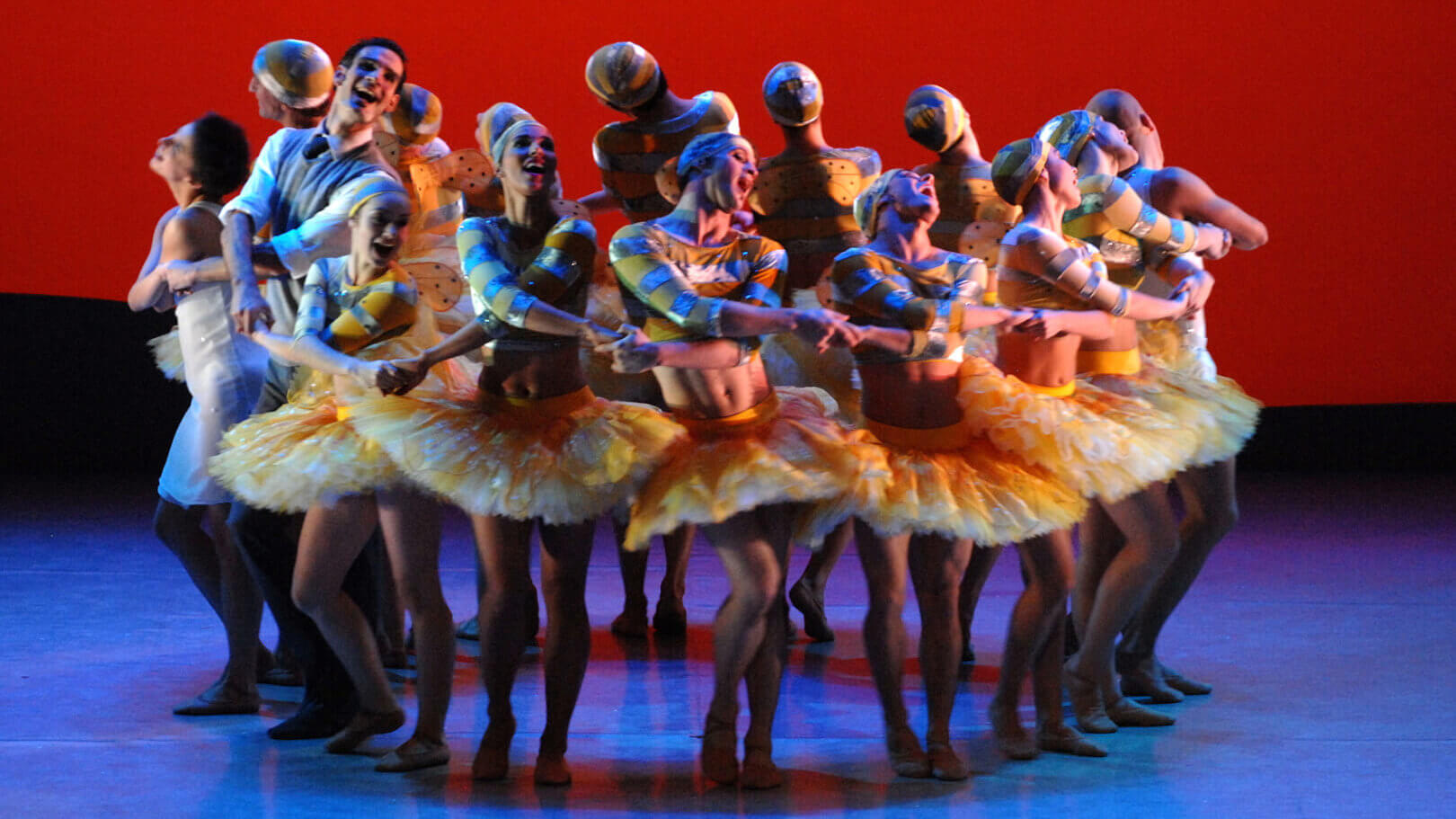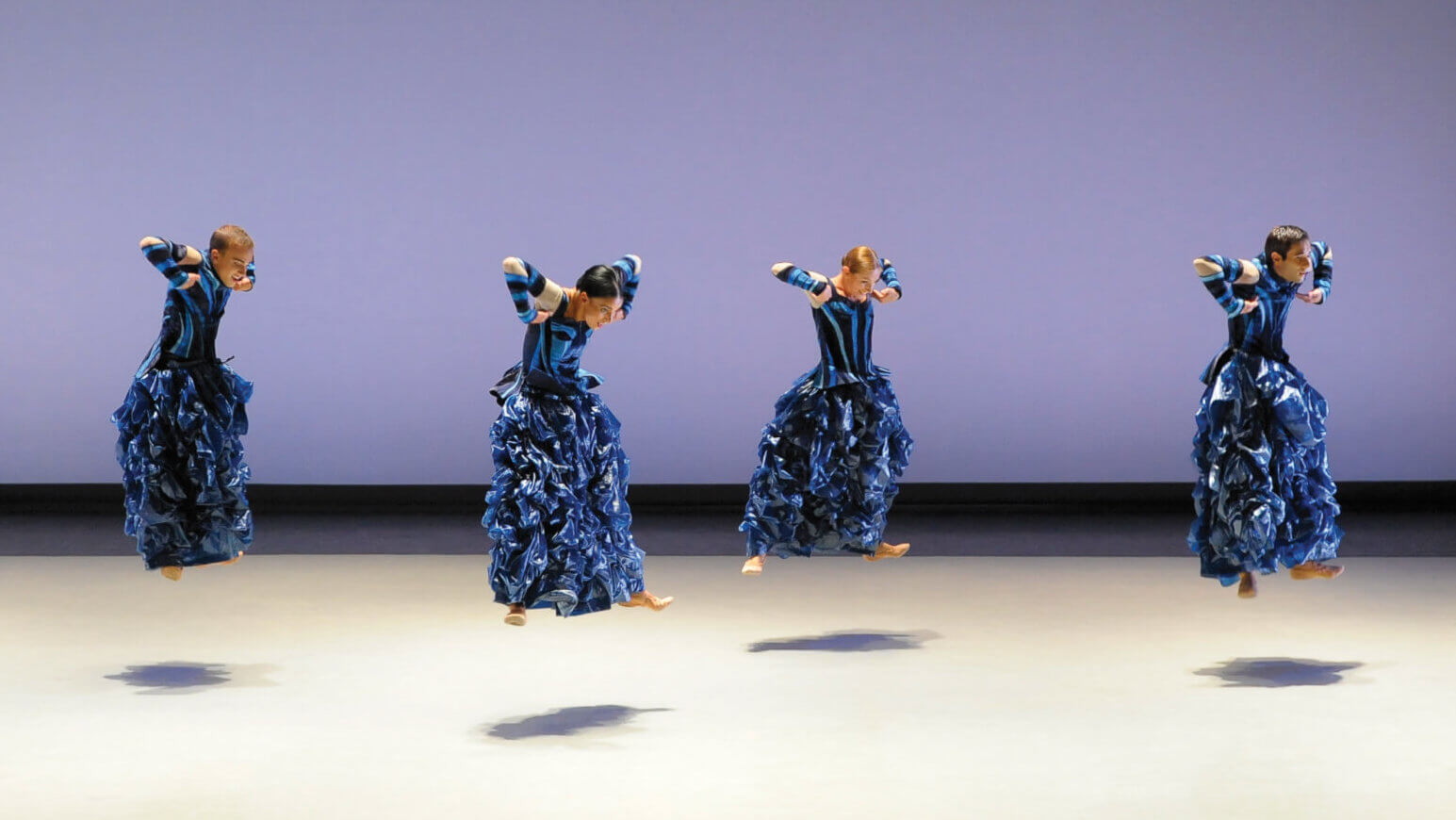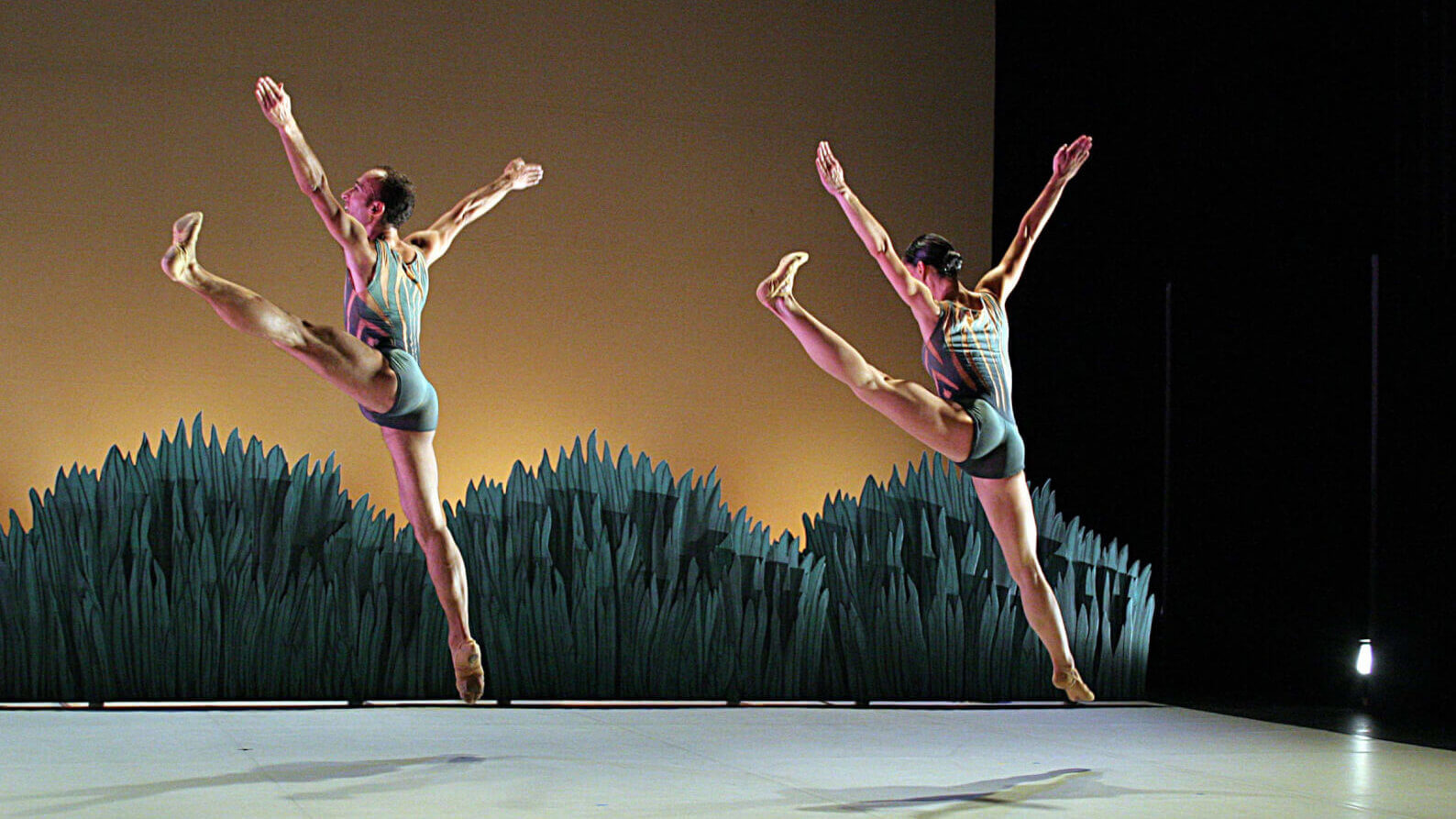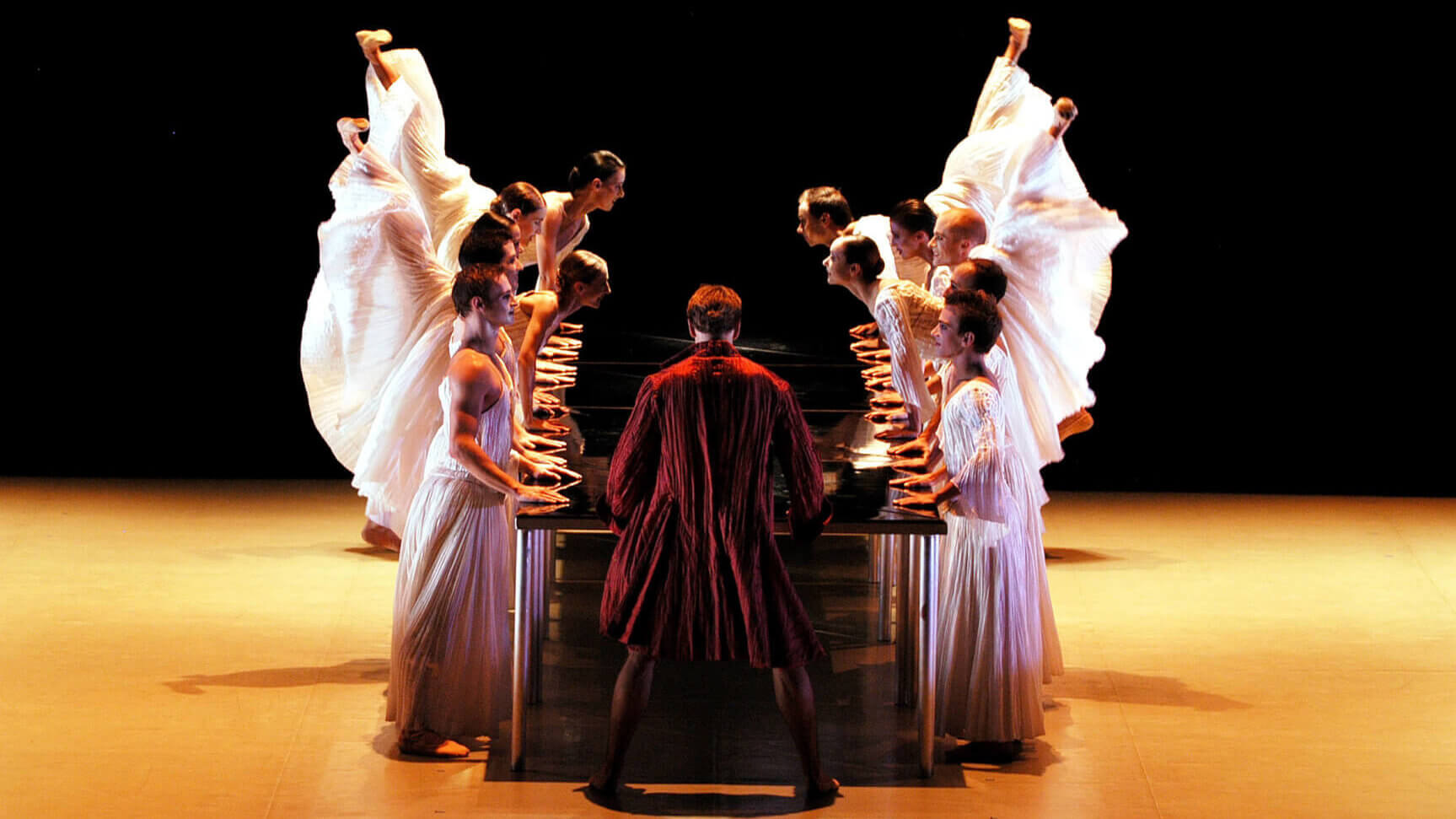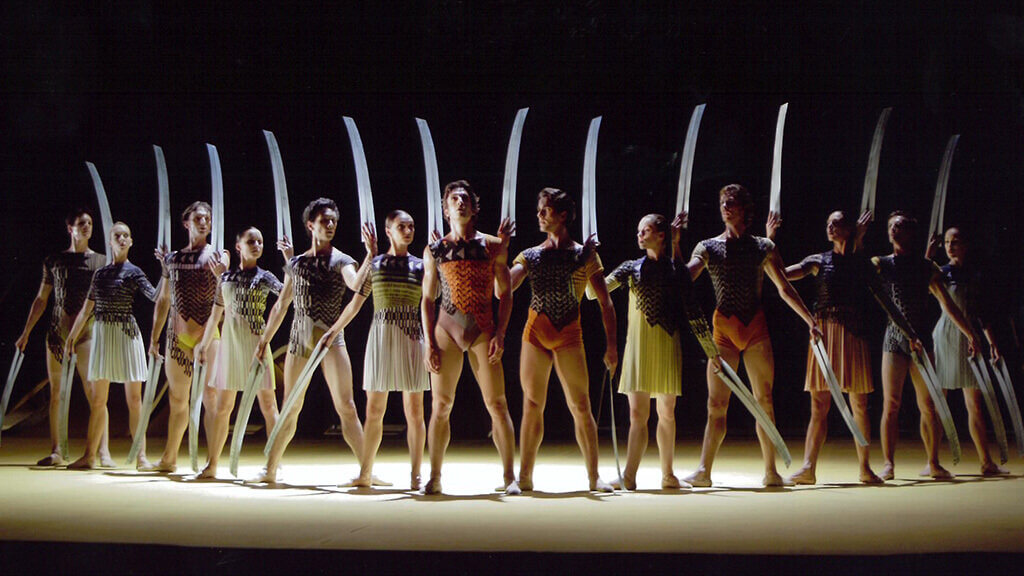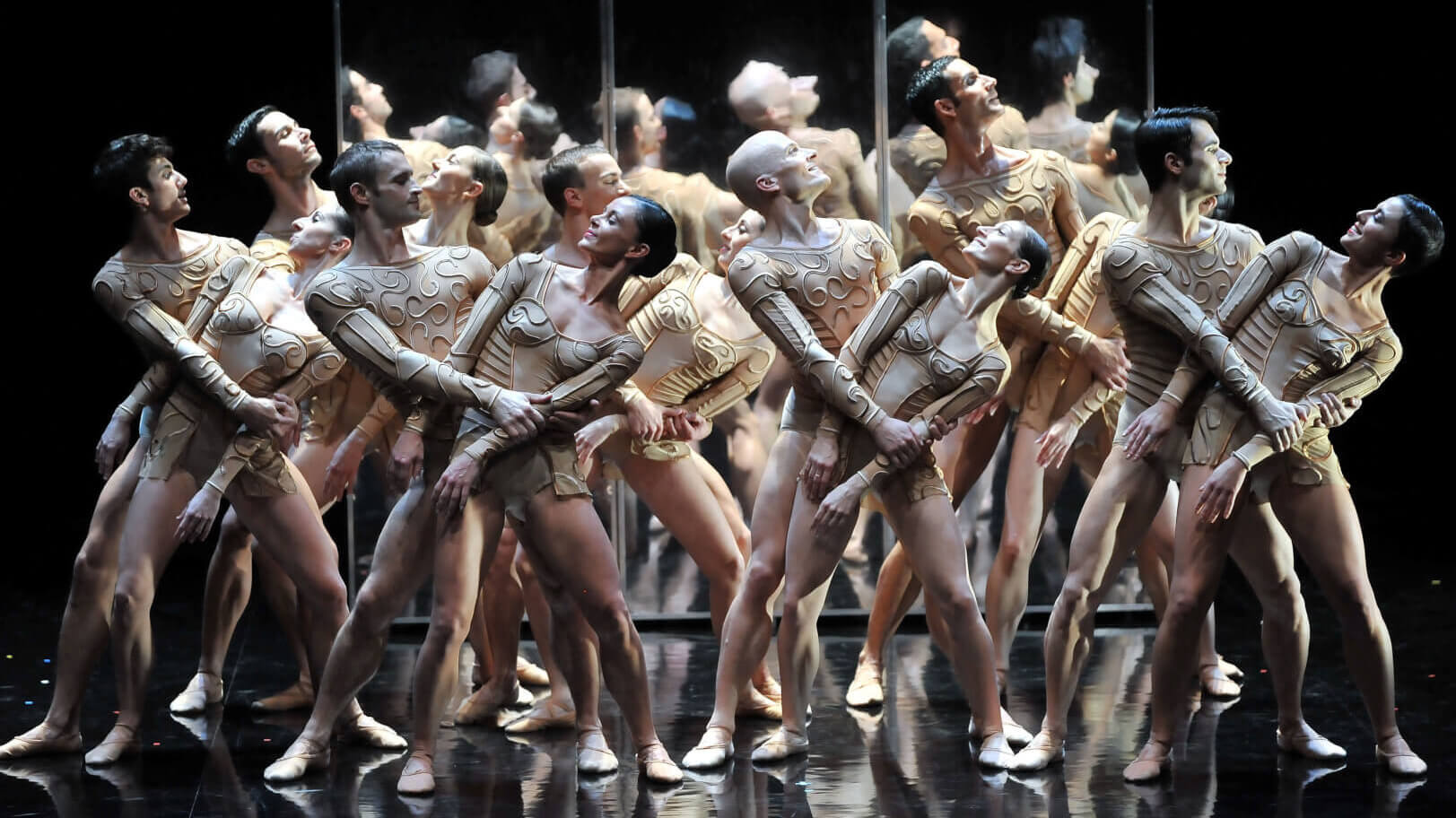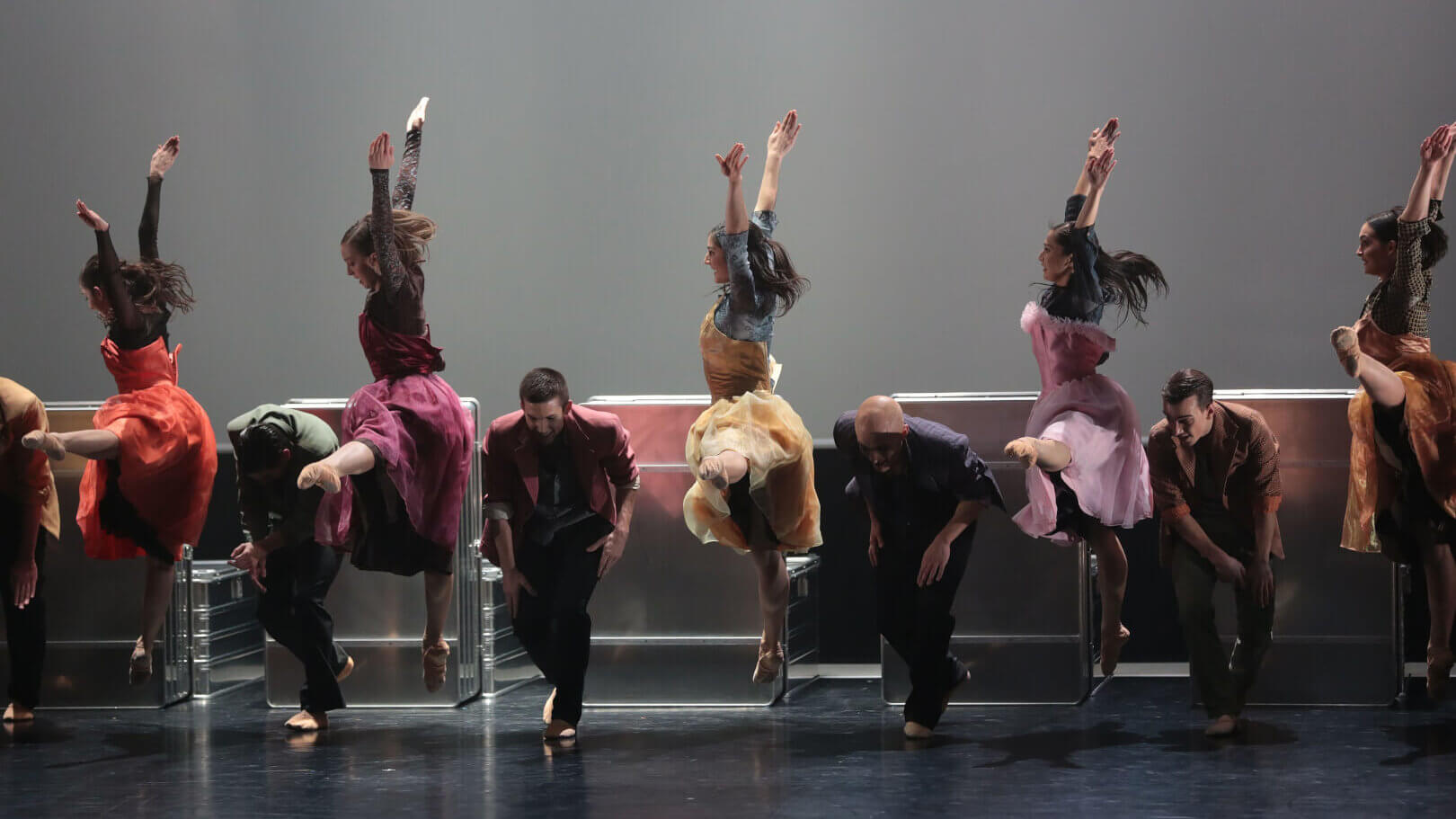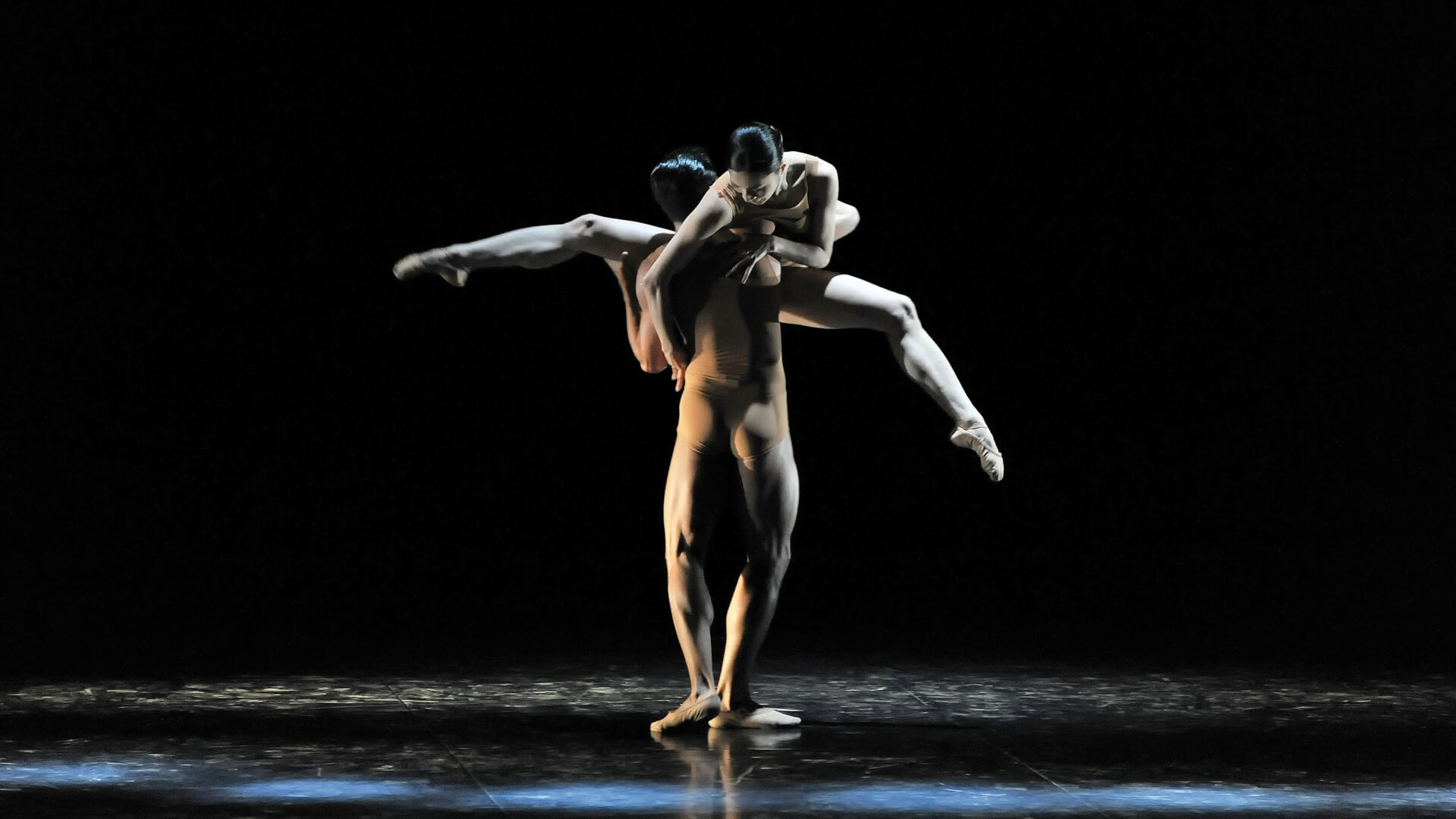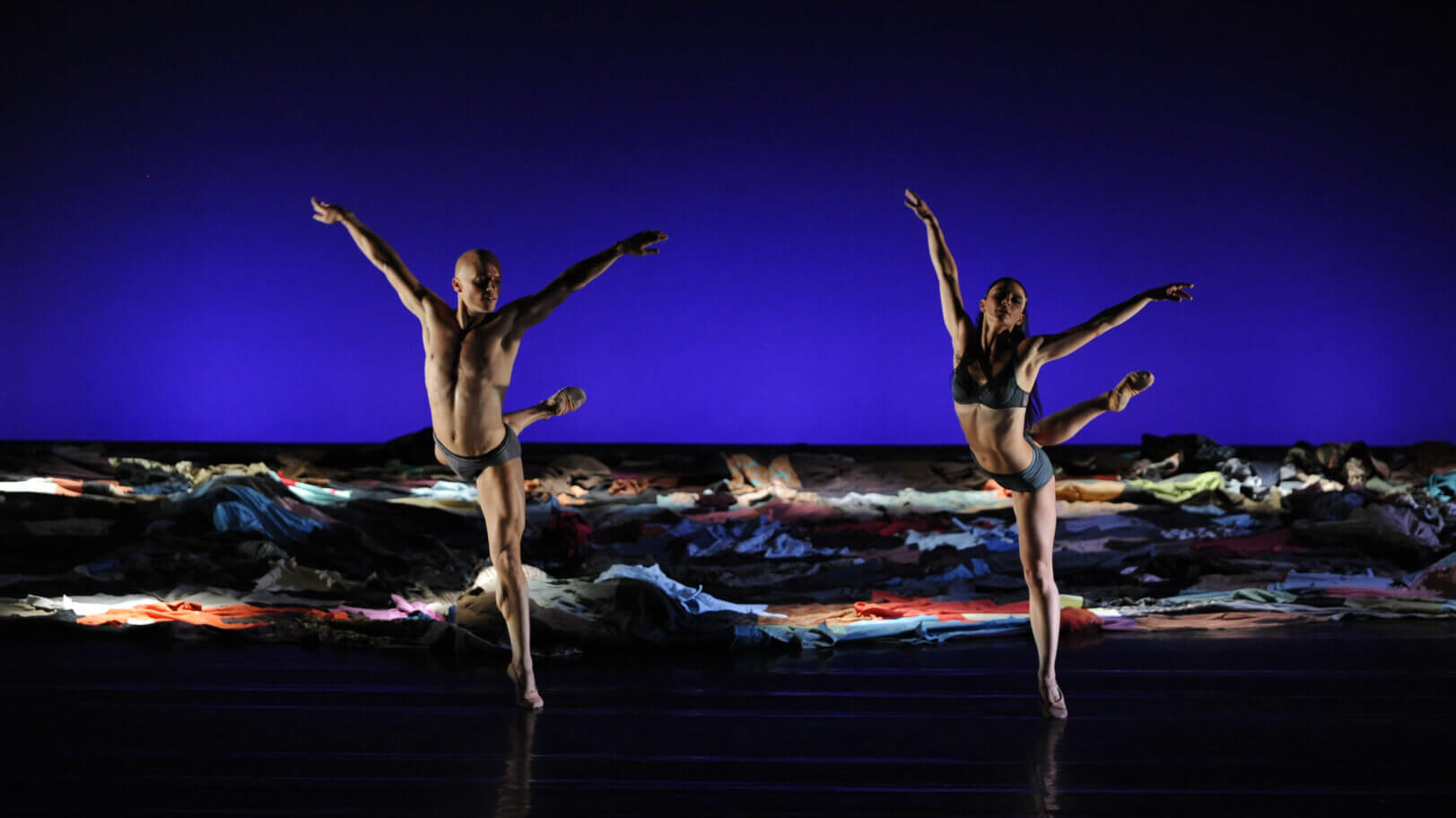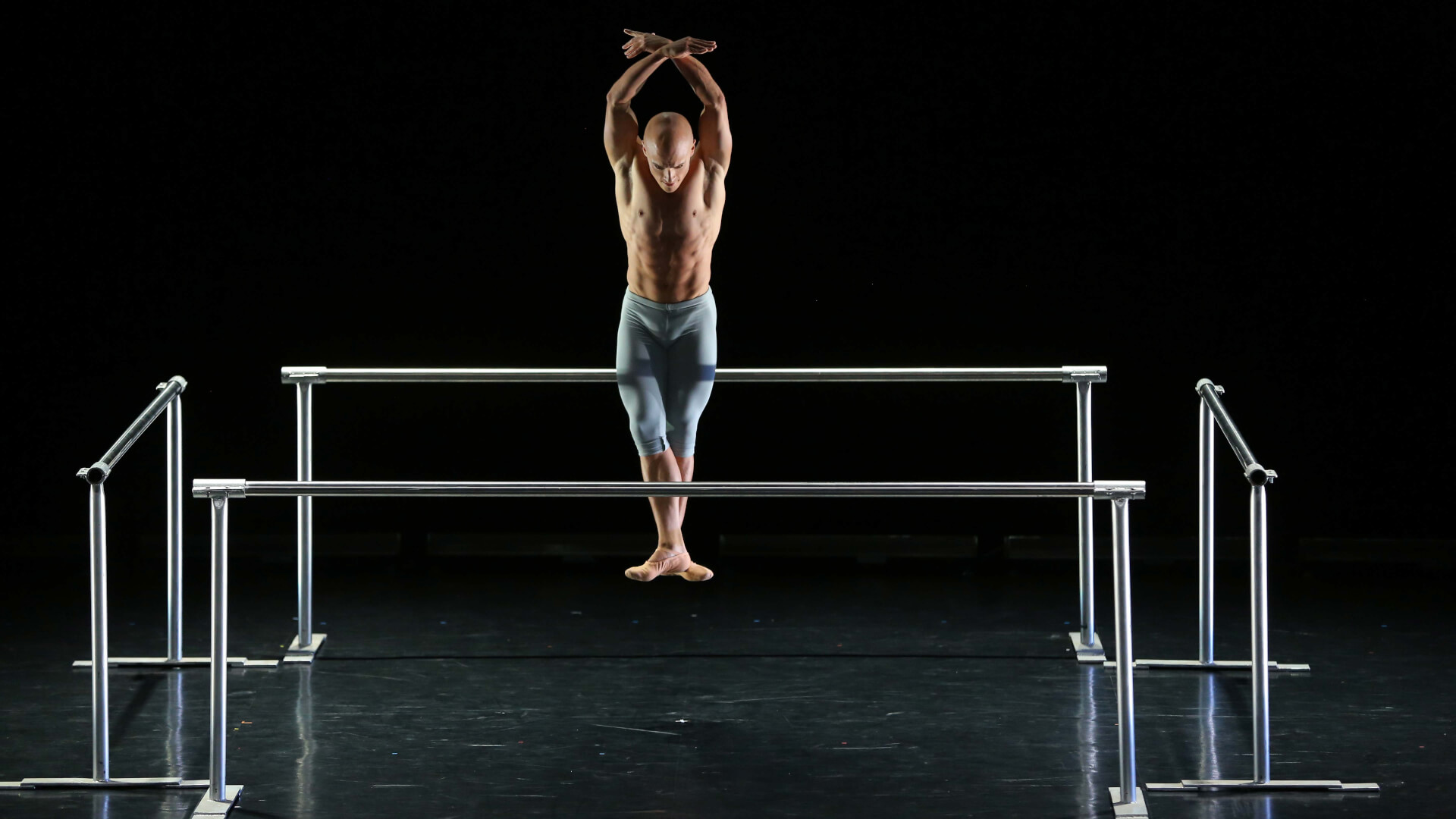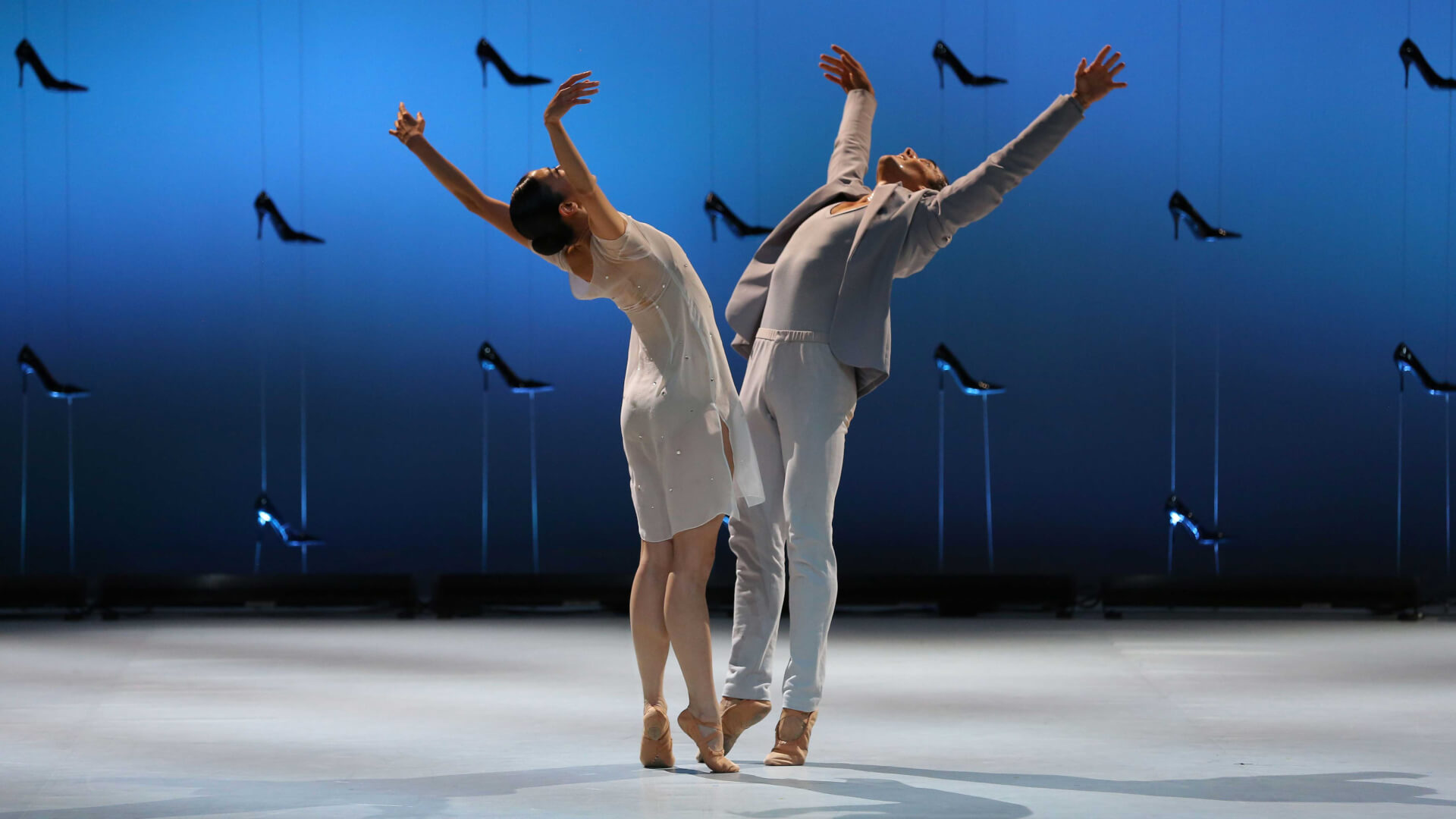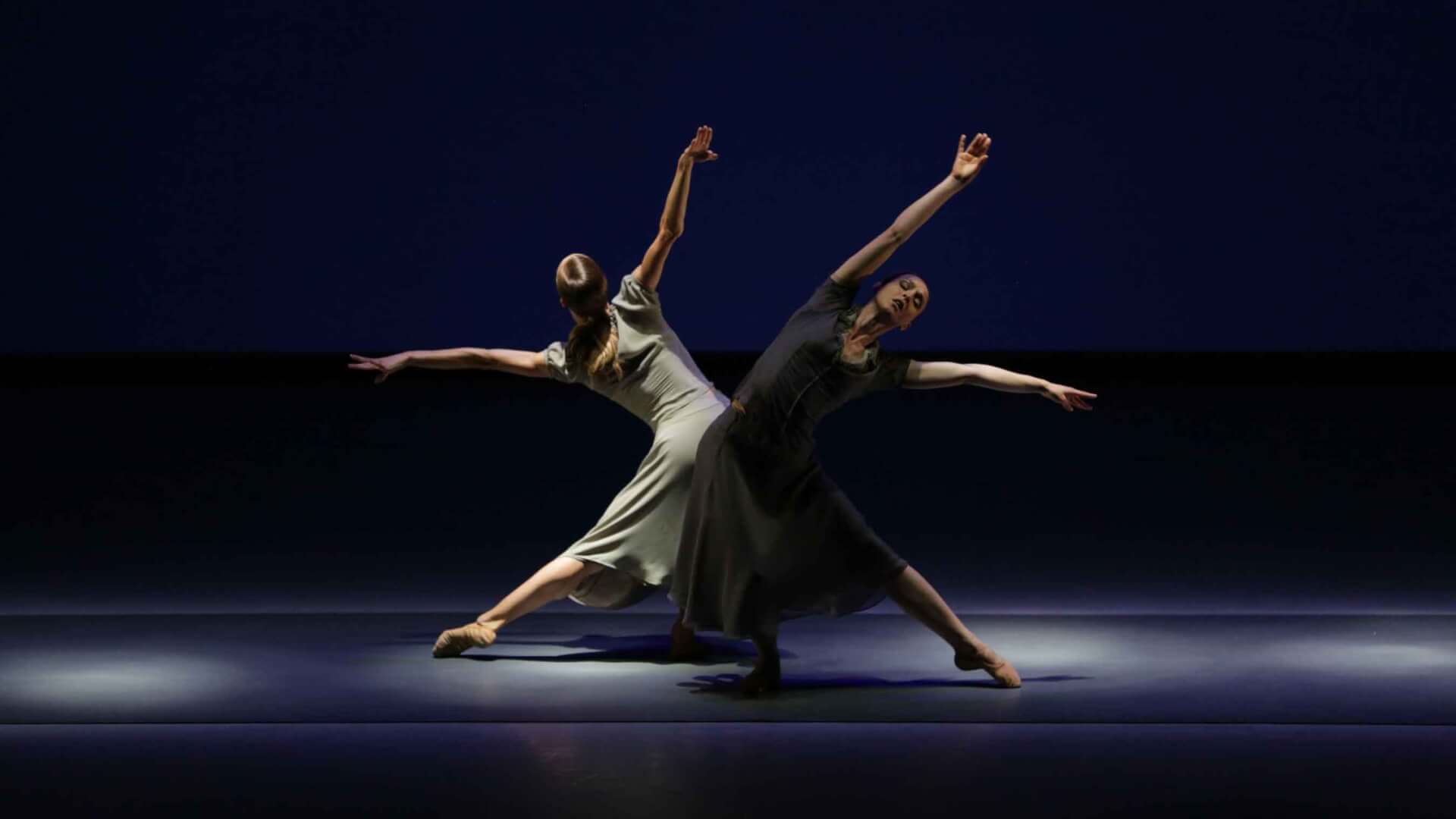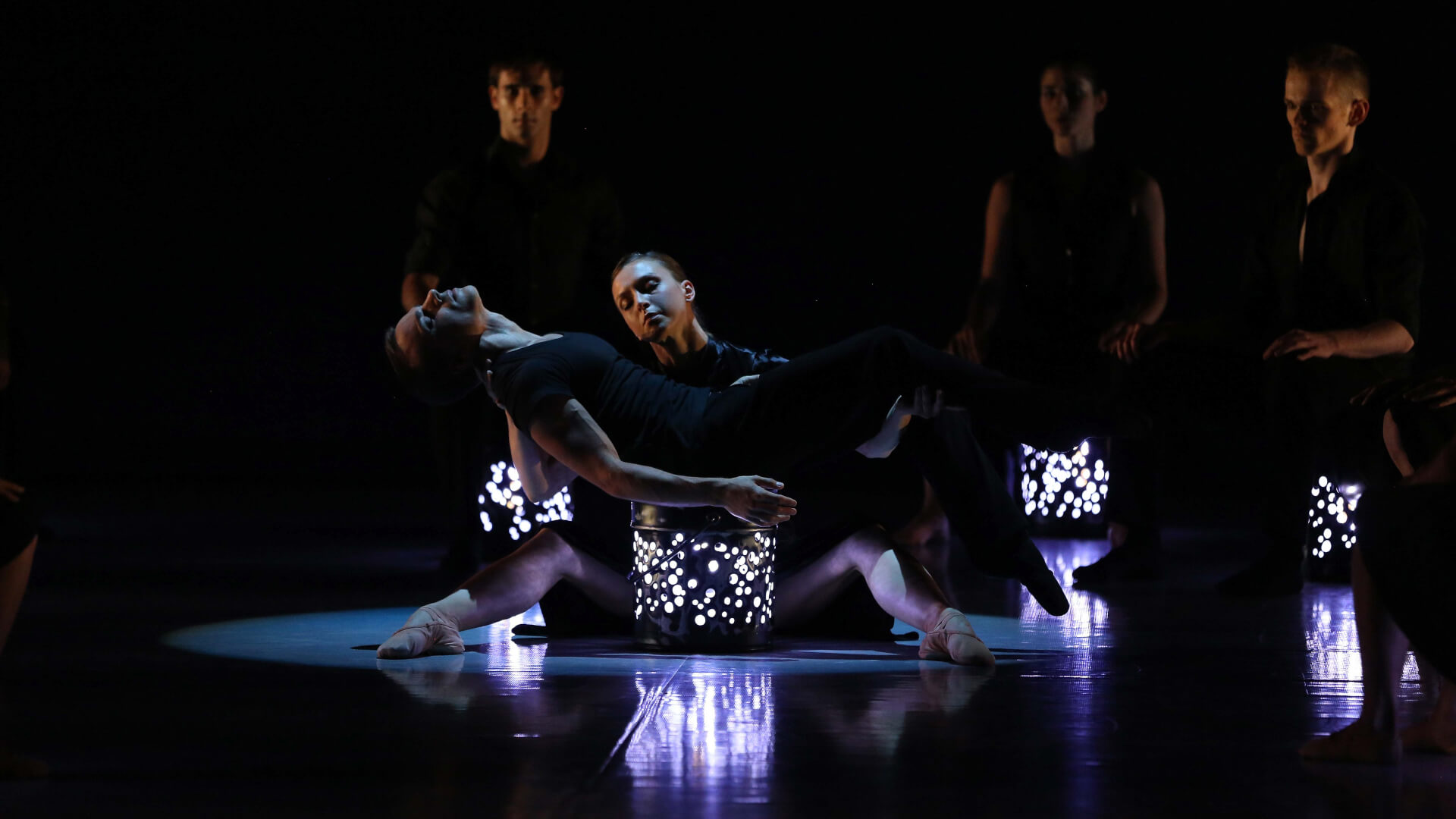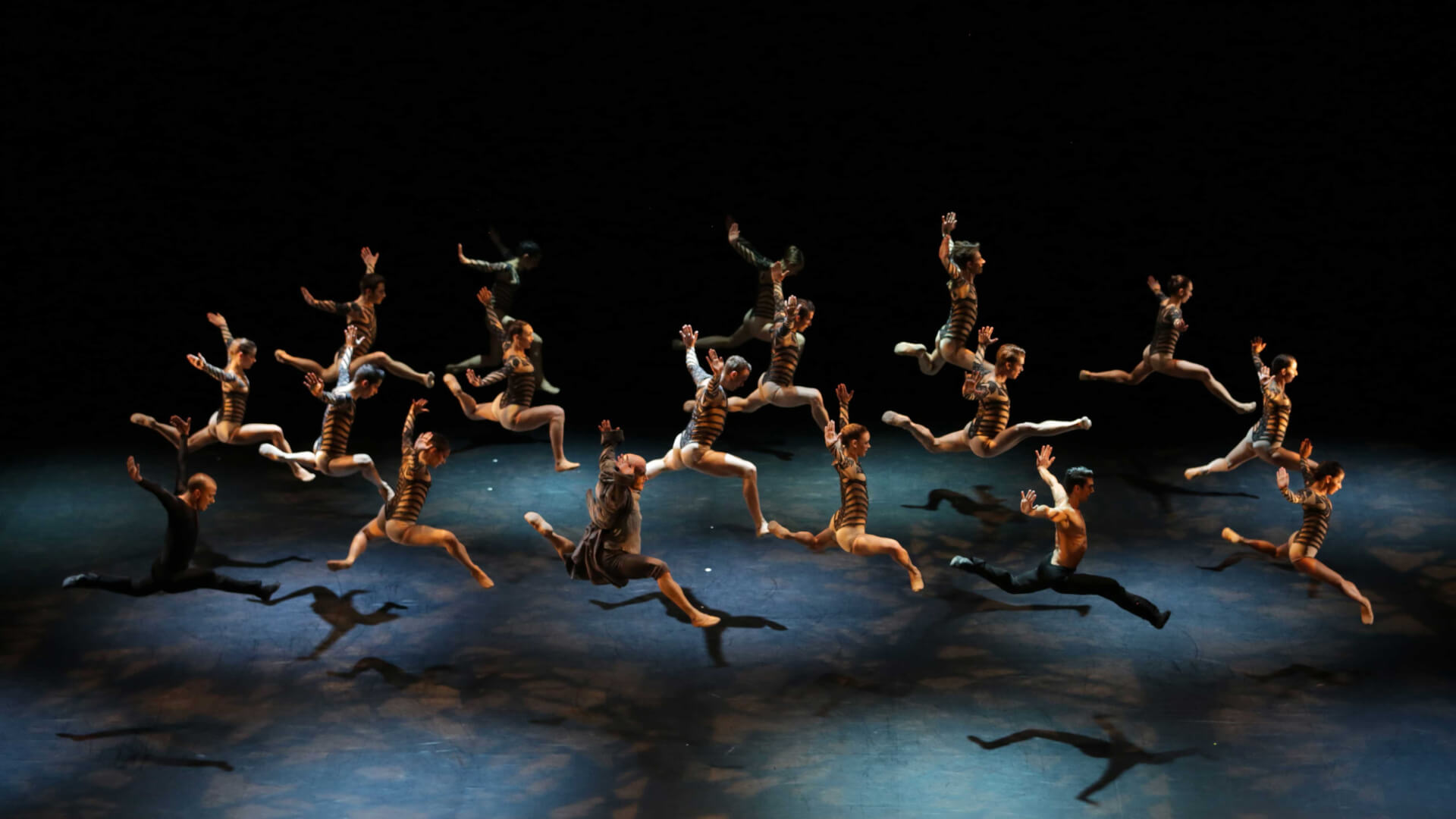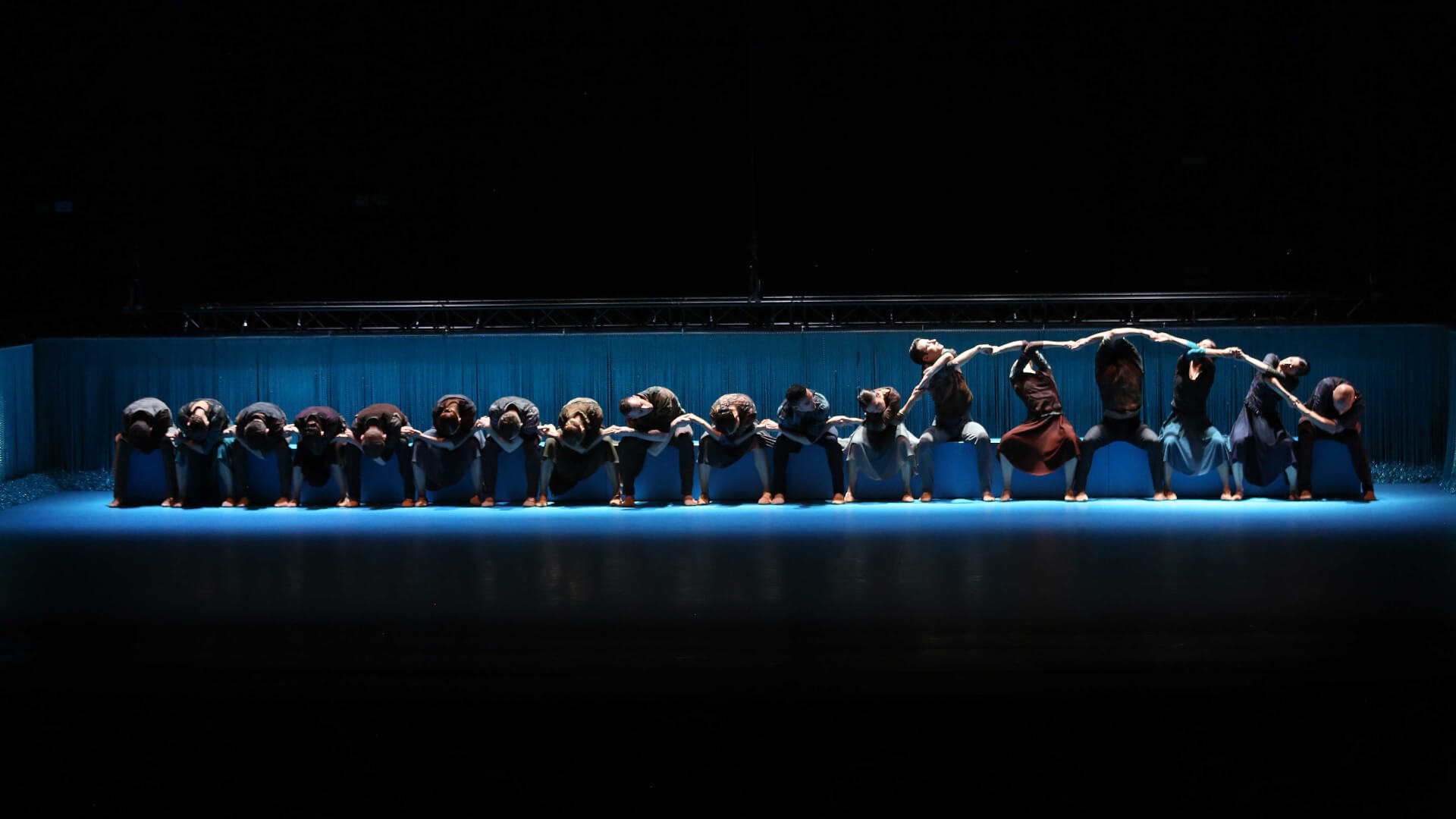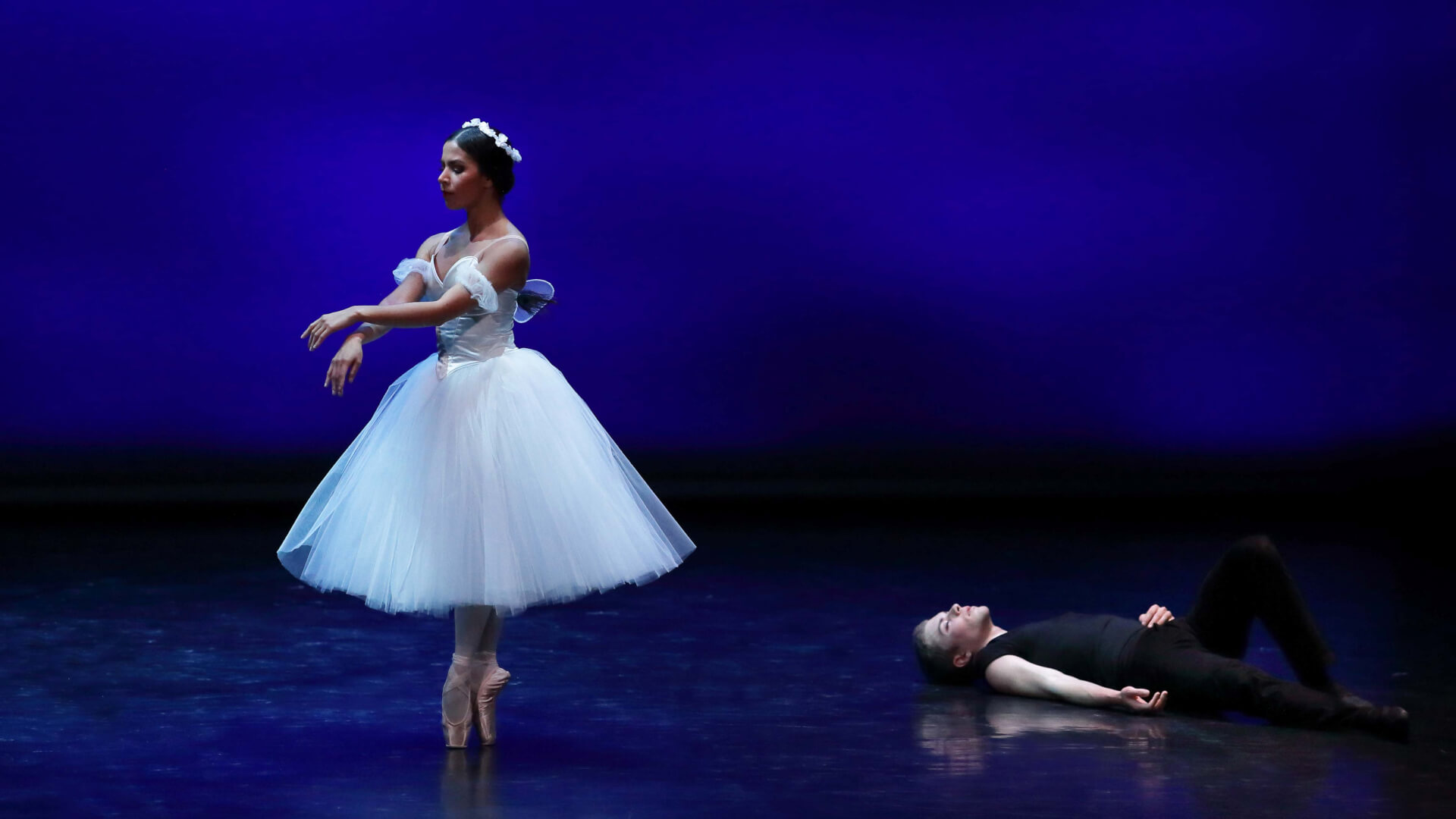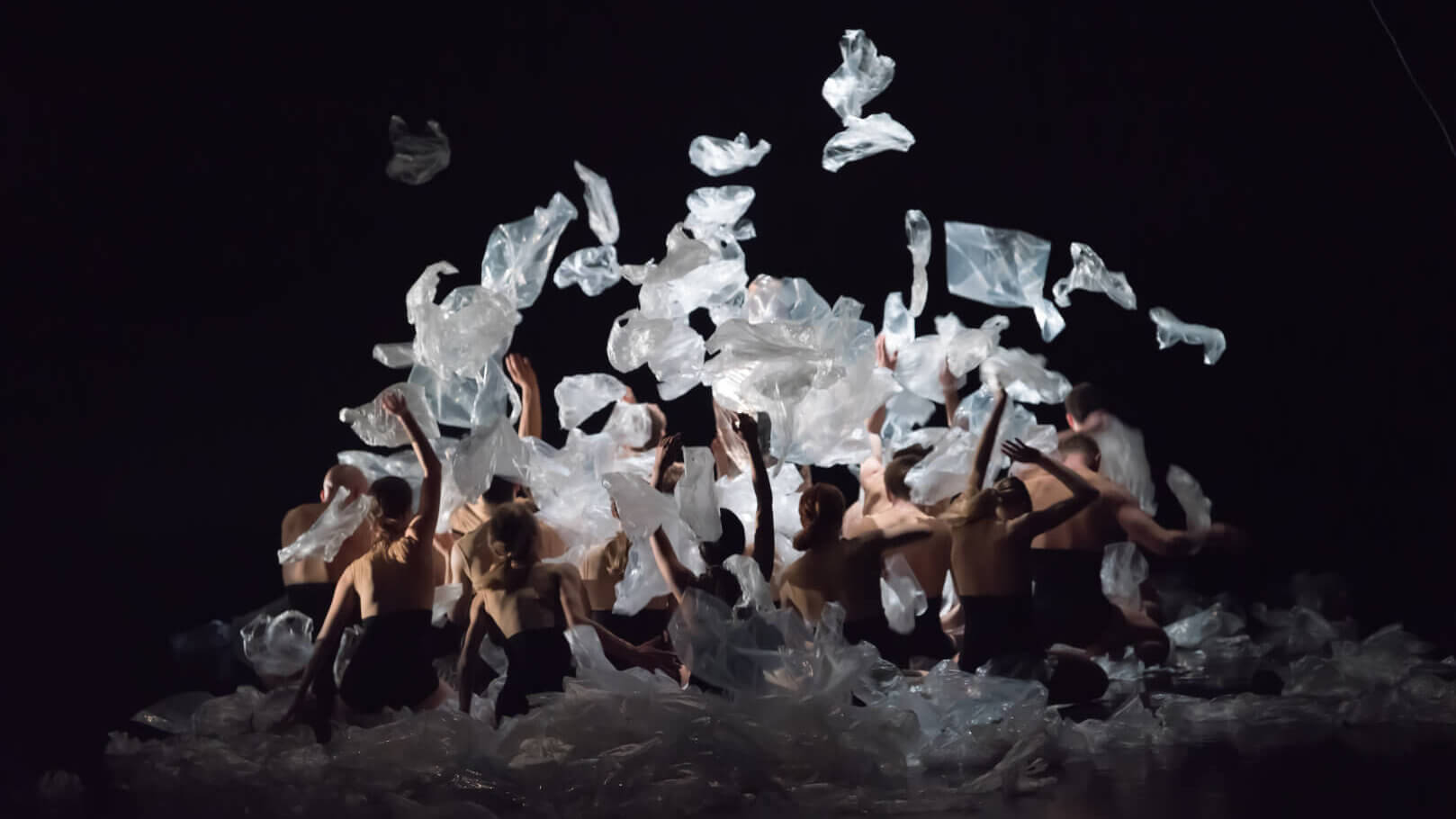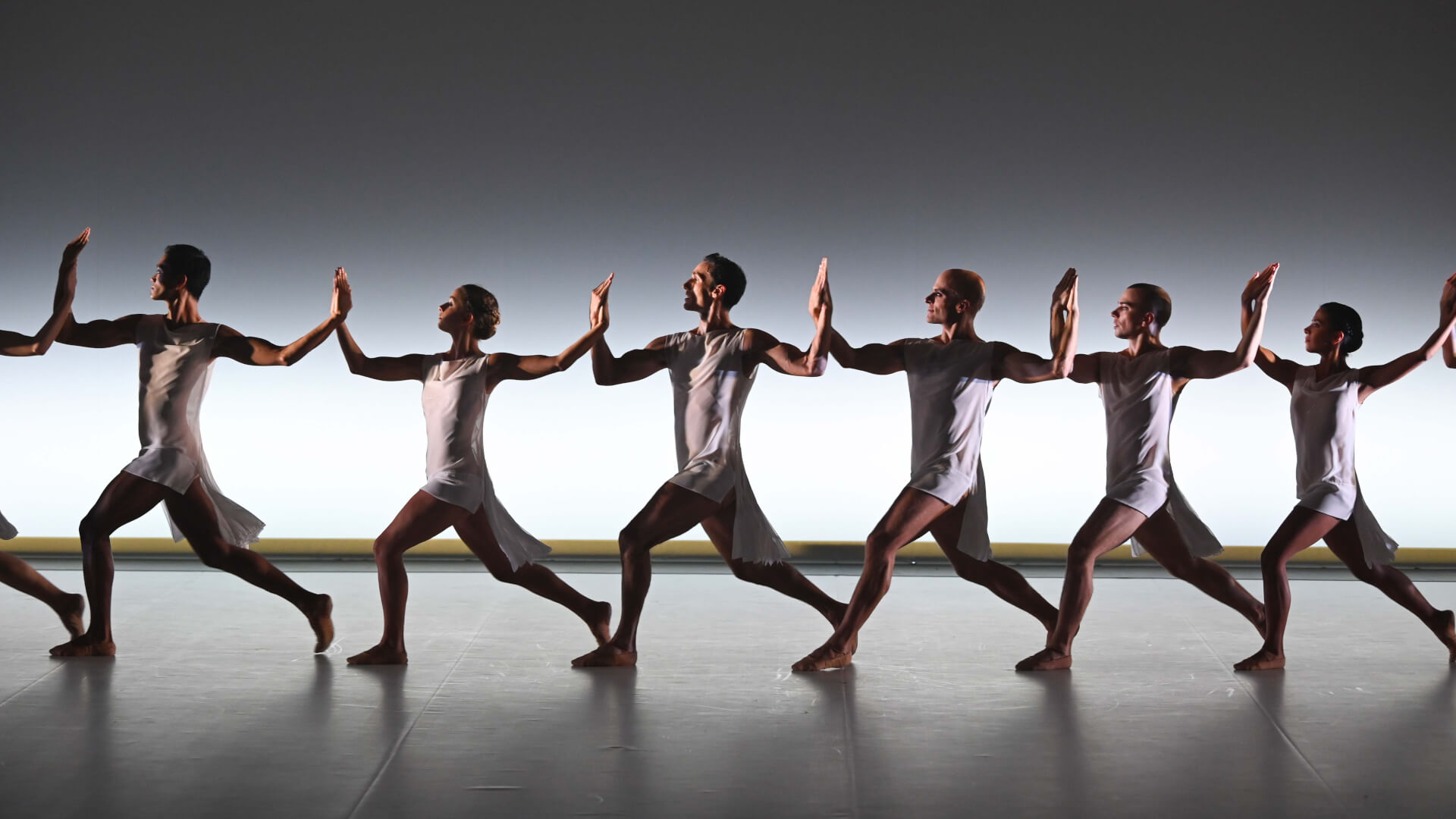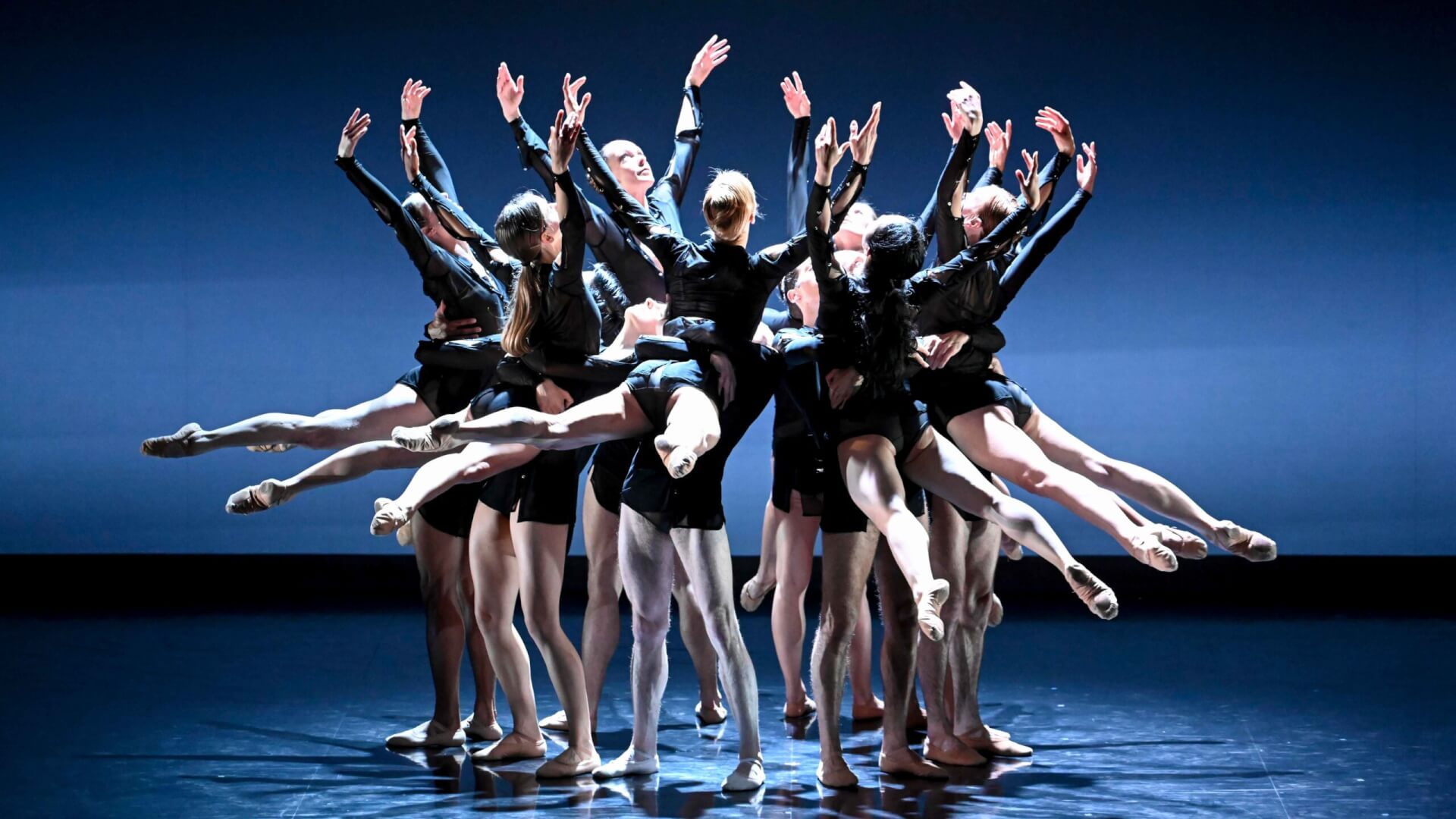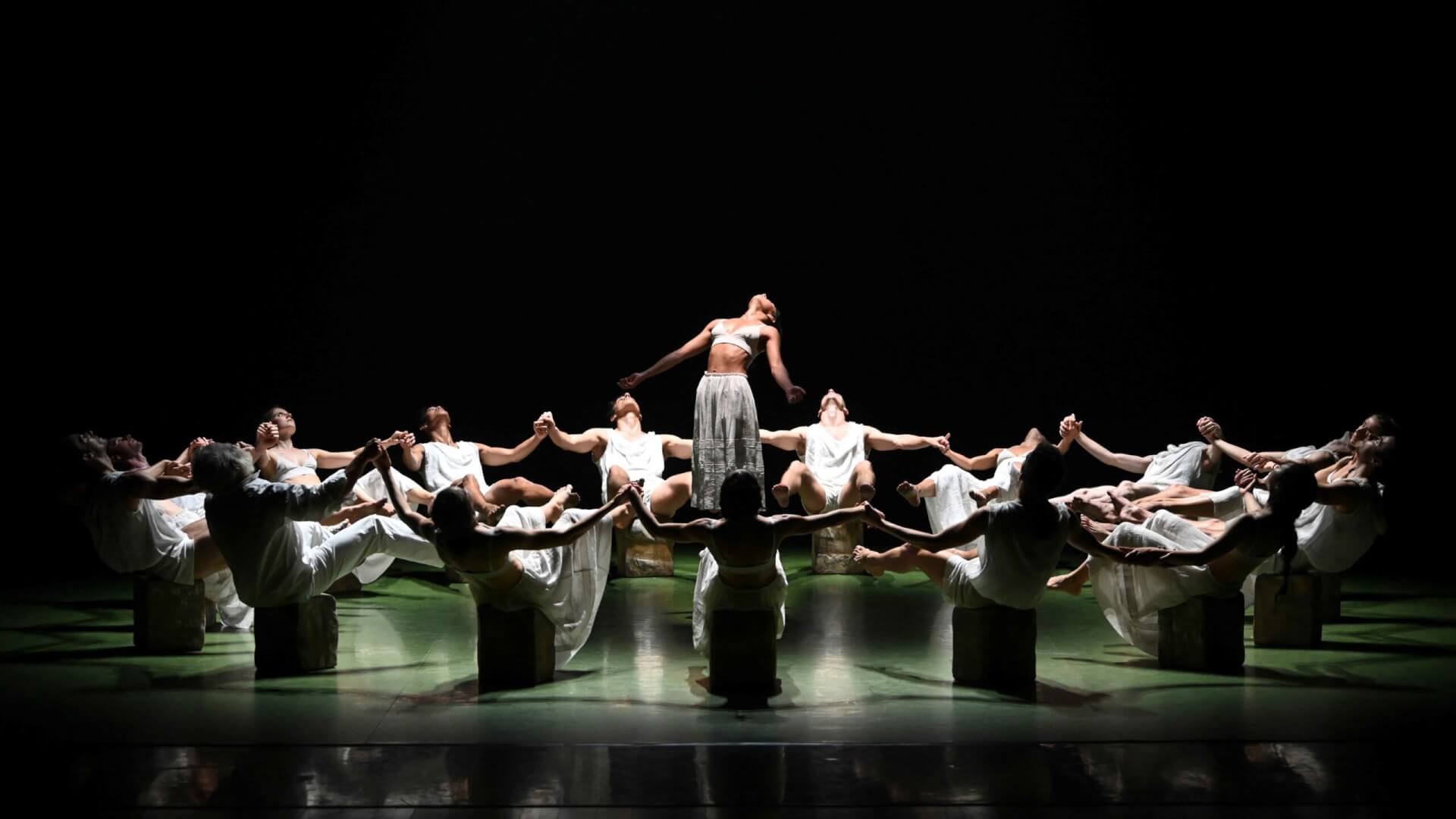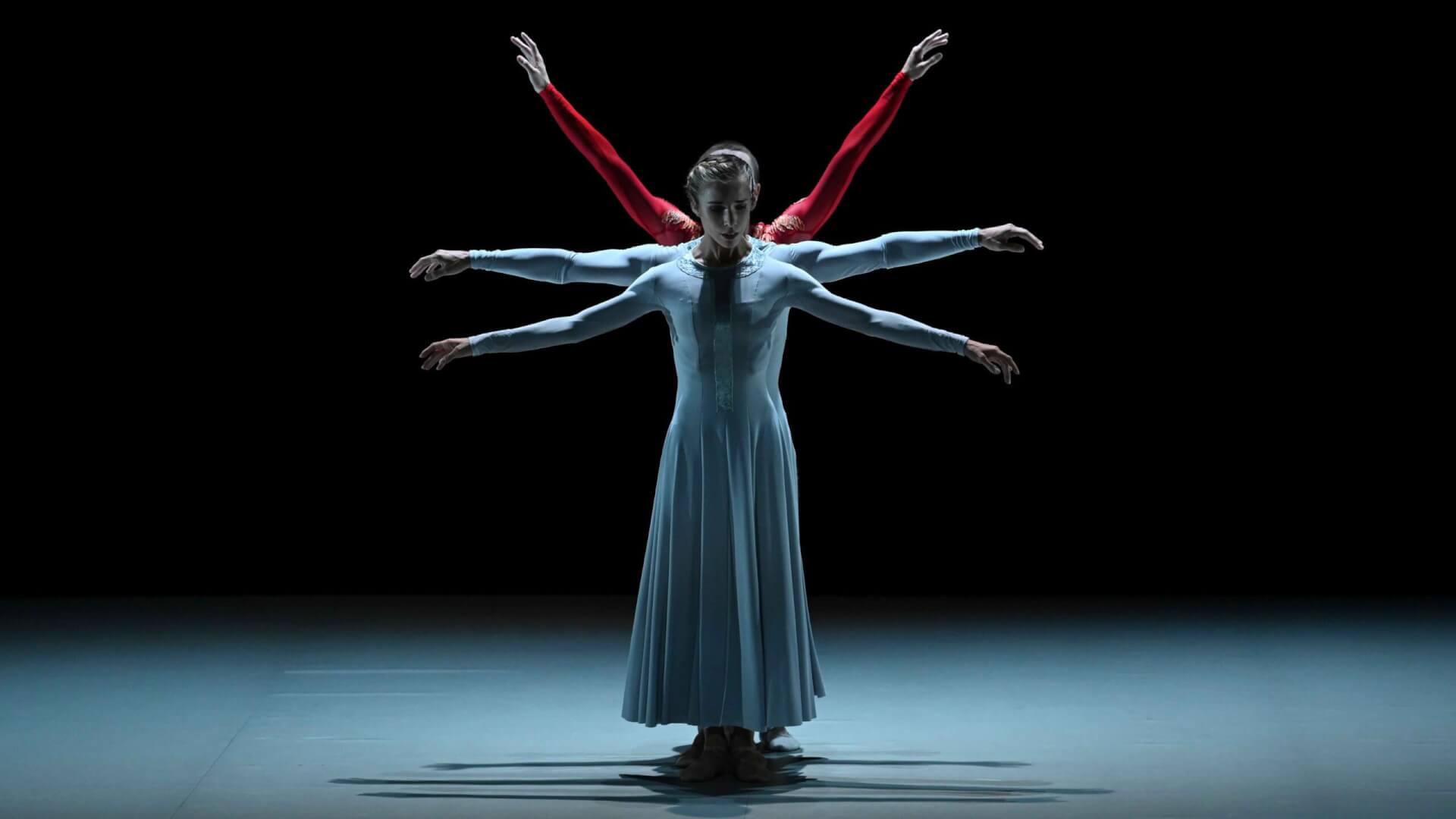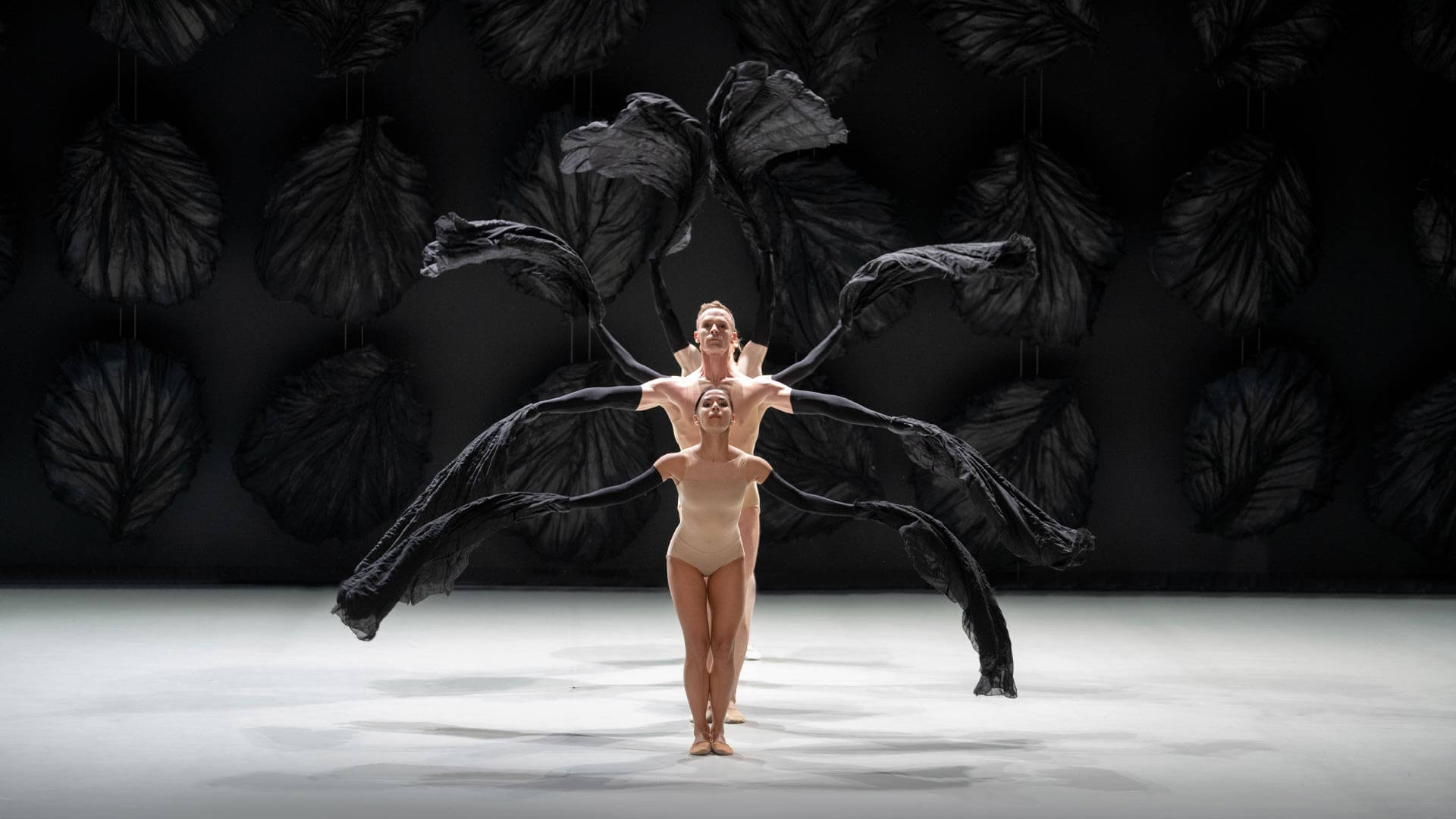Première mondiale
-
Opéra Royal du château de Versailles, les 29, 30 et 31 mars 2019 avec l'Orchestre Symphonique d'Euskadi sous la direction de Mélanie Levy-Thiébaut
Musique
-
Joseph Haydn and Christoph Willibald Gluck
Chorégraphie
-
Thierry Malandain
Décor et costumes
-
Jorge Gallardo
Conception lumières
-
François Menou
Réalisation costumes
-
Véronique Murat assisted by Charlotte Margnoux
Création sonore
-
Nicolas Dupéroir
Réalisation décor
-
Frédéric Vadé
Réalisation accessoires
-
Annie Onchalo
Réalisation des coiffes
-
Charlotte Margnoux
Coproducteurs
-
Opéra Royal / Château de Versailles Spectacles, Orchestre Symphonique d'Euskadi de Donostia / San Sebastián, Donostia Kultura - Victoria Eugenia Antzokia de Donostia / San Sebastián - Ballet T, Music Hall Antwerpen, Opéra de Saint-Etienne, Opéra de Reims, CCN Malandain Ballet Biarritz
Partenaires
-
Escenario Clece / Teatros del Canal - Madrid (Espagne), Teatro de la Maestranza y salas del Arenal de Séville (Espagne), Théâtre de Cusset - Scène conventionnée Arts du Cirque et Danse / Opéra de Vichy
Ballet
-
for 22 dancers
Durée
-
80 minutes
Brochure
Note of intent
Referred to as the French kingdom’s evil genius and held responsible for all its misfortunes, before her corpse was carted off in a wheelbarrow, with her severed head between her legs... Without her frivolity, without her reluctance with regard to her position as Queen, without the Trianon, without her favourites, her flirtatiousness, her diamonds, without the Court’s description exaggerated by pamphlets and caricatures, without the French Revolution and the belief that the blood spilled contributed to progress, Marie-Antoinette would have certainly continued her frivolous existence and wouldn’t have died tortured. How did a Queen so adored by an entire population lose their affection before she died due to their hatred ? How did this woman who embodied the symbol of royalty help to precipitate its fall ? A ballet cannot answer these complex questions, and quite frankly, transcribing the story of the unfortunate Austrian woman into movements is a perilous exercise in addition to the ordinary constraints of music, sets and costumes, and the number of dancers. But, since André Gide, we know that “art is born from constraint”. However, freeing oneself from it sometimes requires taking a restrictive path. This is why, due to the material impossibility of retracing Marie-Antoinette’s path from beginning to end, we have chosen to limit the action and horizon of ballet in Versailles. In other words, from one evening to the next, from her first appearance on the stage of the Royal Opera House until her removal from a comedy in which she had become “the star of misfortune”.
Thierry Malandain
(1) Letter to Thérèse Malfatti, 1807
Media
The director of the Ballet Biarritz has given us a very subtle performance, first of all thanks to the superb costumes by Jorge Gallardo, which, while respecting the models of the era, are astonishingly modern. The whole is very stylized, and served by high-level dancing. Finally, the Basque National Orchestra from Donostia-San Sebastian plays Haydn and Gluck to perfection.”Le Figaro, François Delétraz • 30 march 2019
In a few chapters, the choreographer paints a portrait of an Austrian woman who became Queen of France. (…) Malandain has the good sense not to overload the stage, playing with settings handled by the dancers and slightly offbeat costumes. (…) On the set, the twenty or so performers inhabit each role - even the most discreet - with intelligence. Faithful to his writing of the movement mixing neoclassical and modern, Thierry Malandain sometimes dares to take a step aside that is almost baroque."Les Echos, Philippe Noisette • 29 March 2019
Everything seems to flow naturally. And Malandain’s style for his excellent Ballet Biarritz dancers remains conventional, in accordance with the lines and reduced gestures of the Baroque period, which suits the basket dresses and doublets in which they perform.Le Figaro, Ariane Bavelier • 29 March 2019
Malandain unfolds a film of baroque gestures - you can feel the breath of Noverre, the master at the time, of more modern and fierce impulses, of delicate flights, without being judgmental. (…) The beautiful dancers of Ballet Biarritz seem to be immersed in a permanent carnival and frolic in a state of exhilaration around their king – the excellent and touching Michael Conte - and especially their queen, the so precious, so haughty, so sovereign Claire Longchampt whose physique and style contrast radically with those of the company. And that's good, since her bearing immediately makes her stand out. Thus, we fully enjoy this terrible tale, conducted with tenderness and distance. This is called elegance.
Concert Classic, Jacqueline Thuilleux • 1 April 2019


